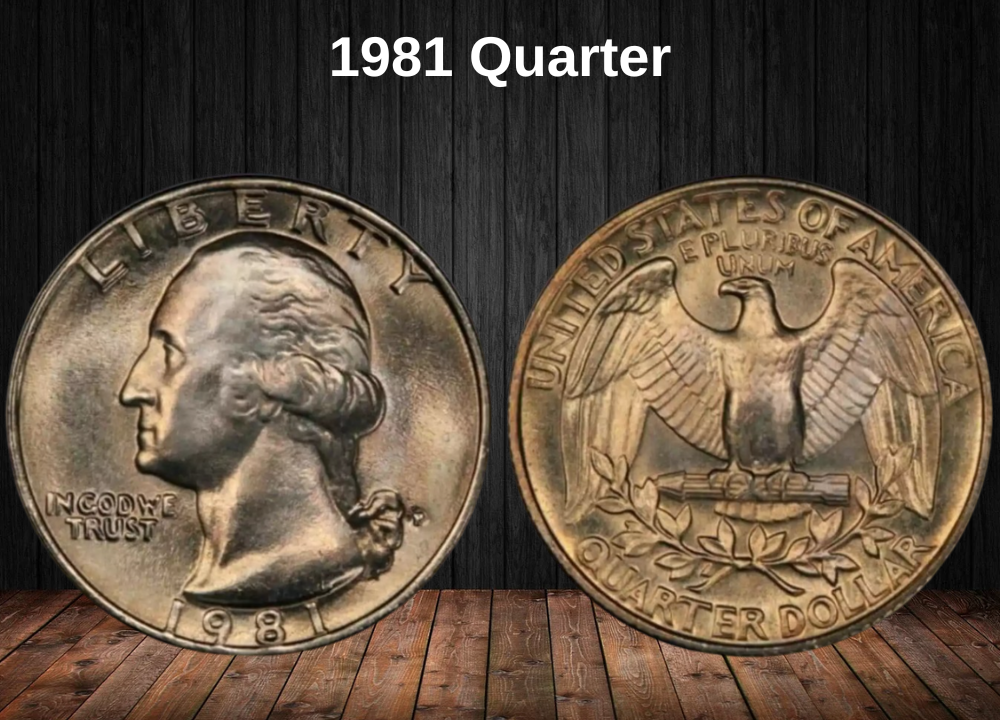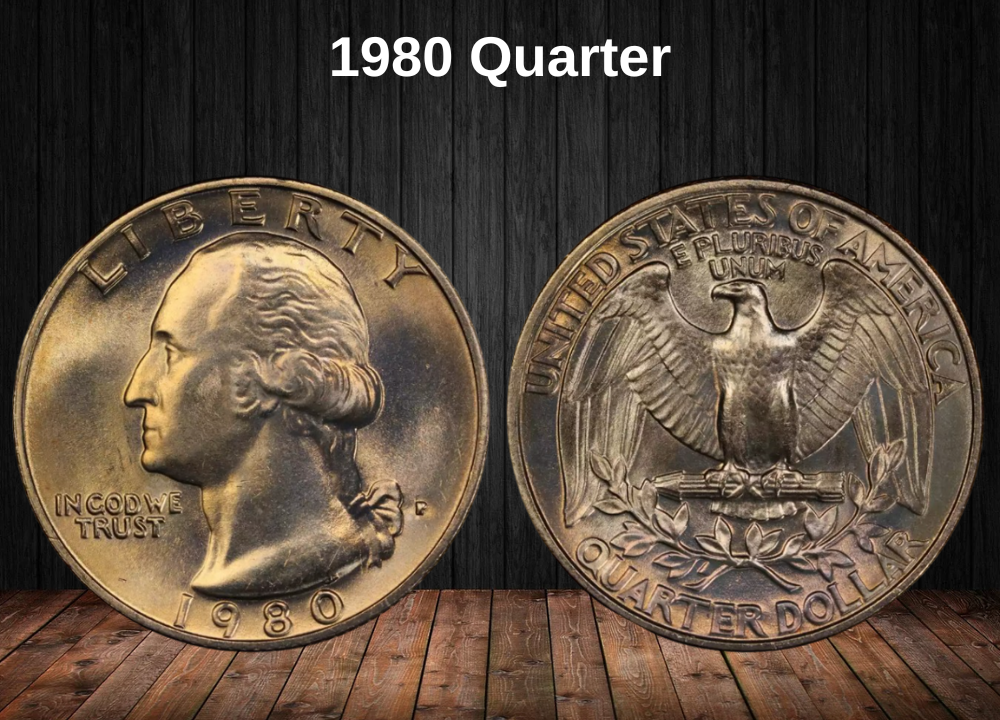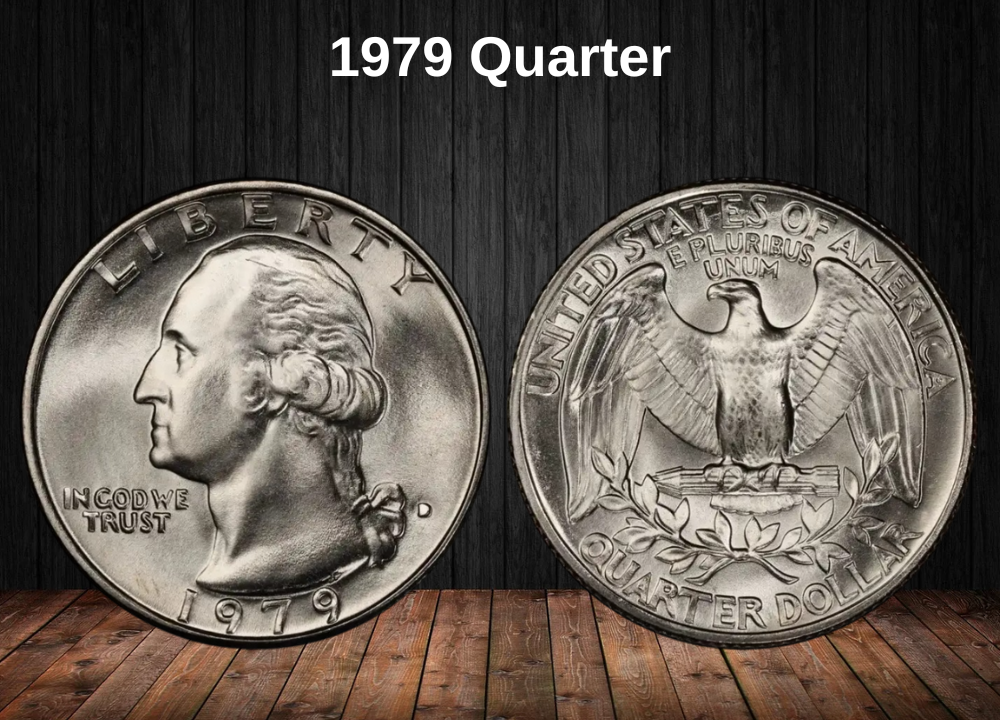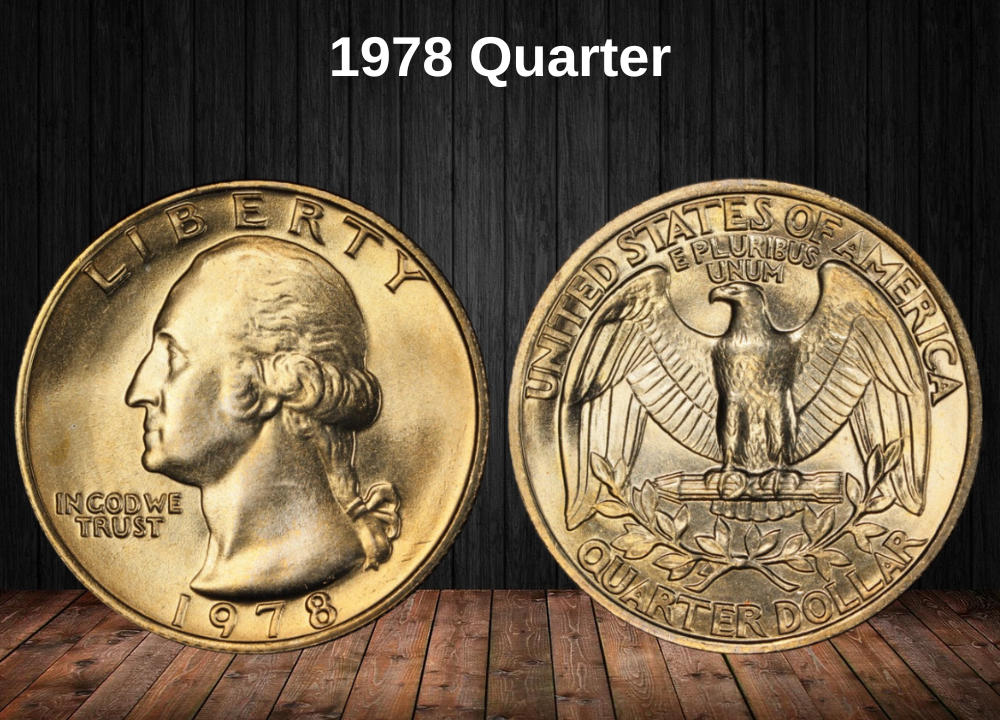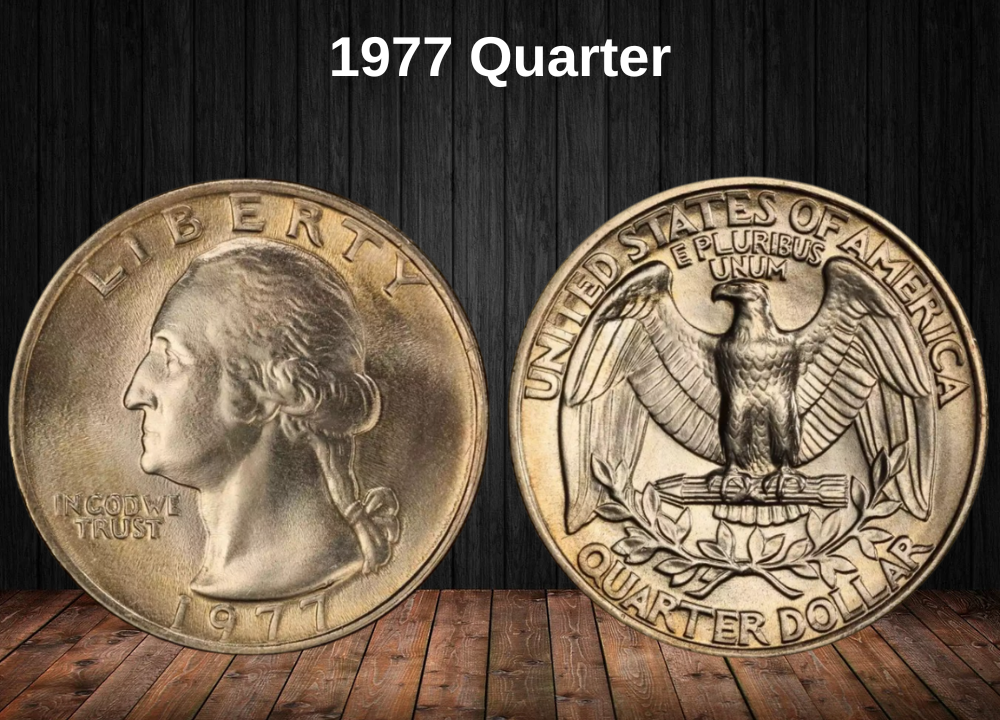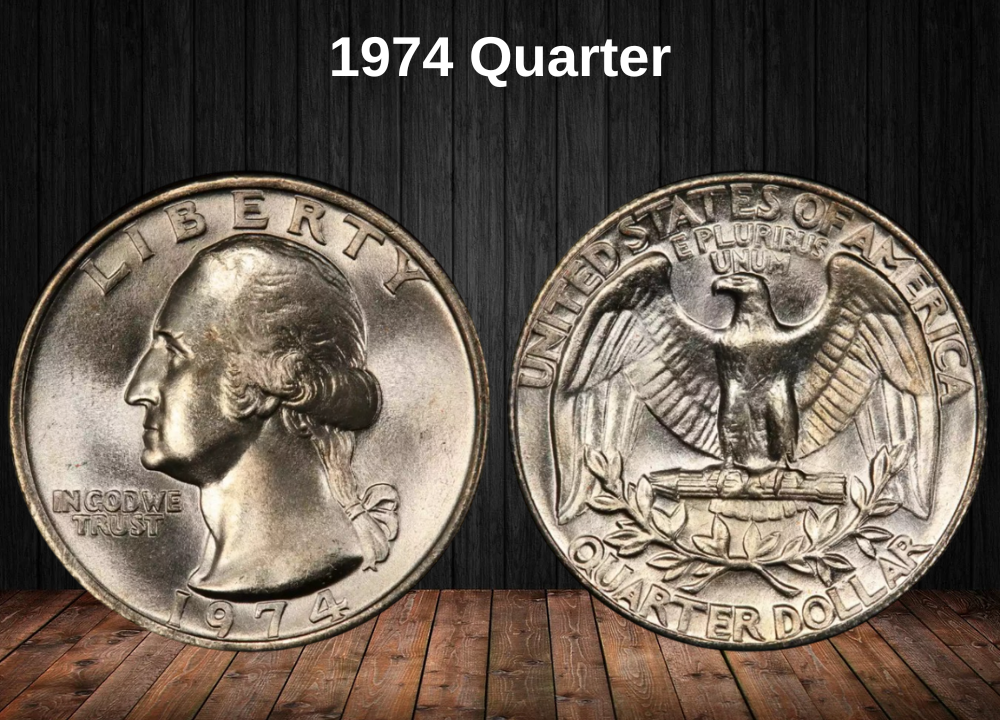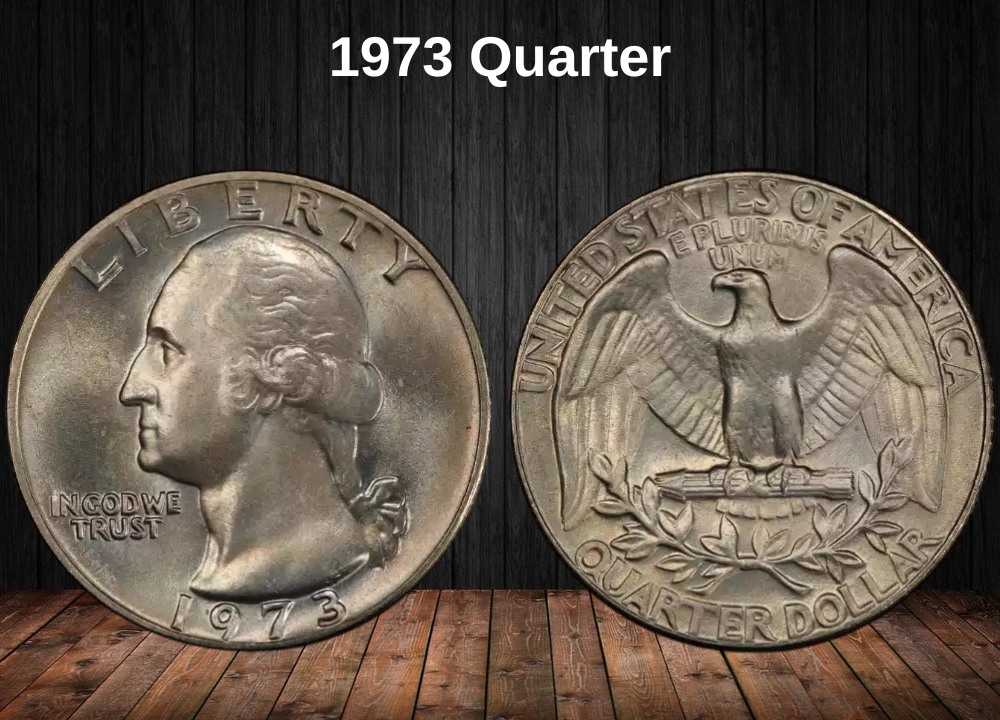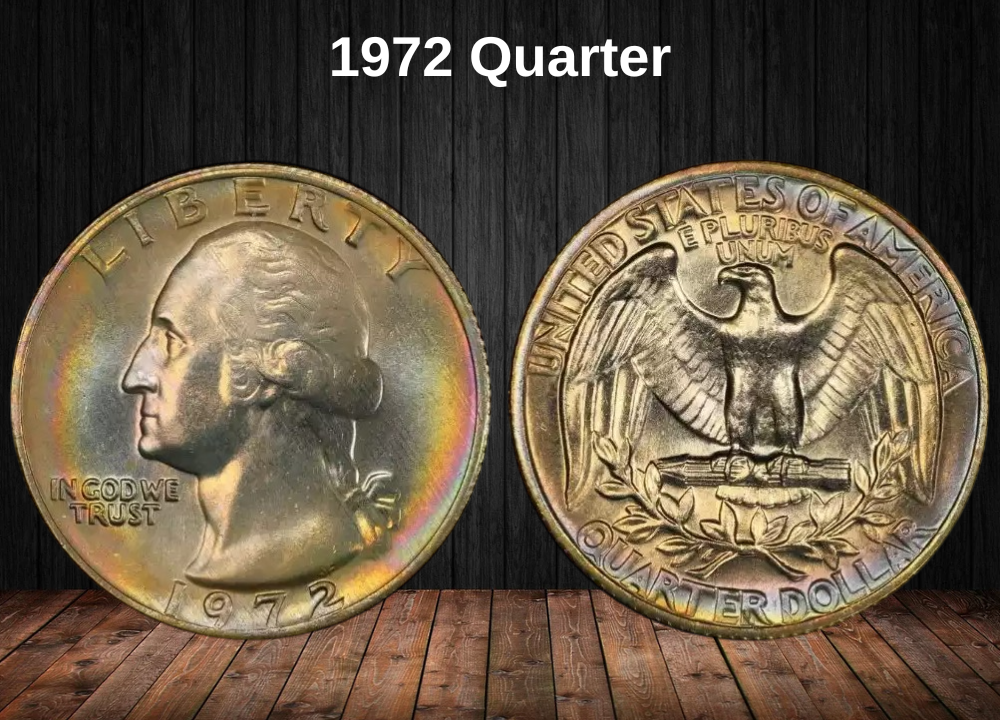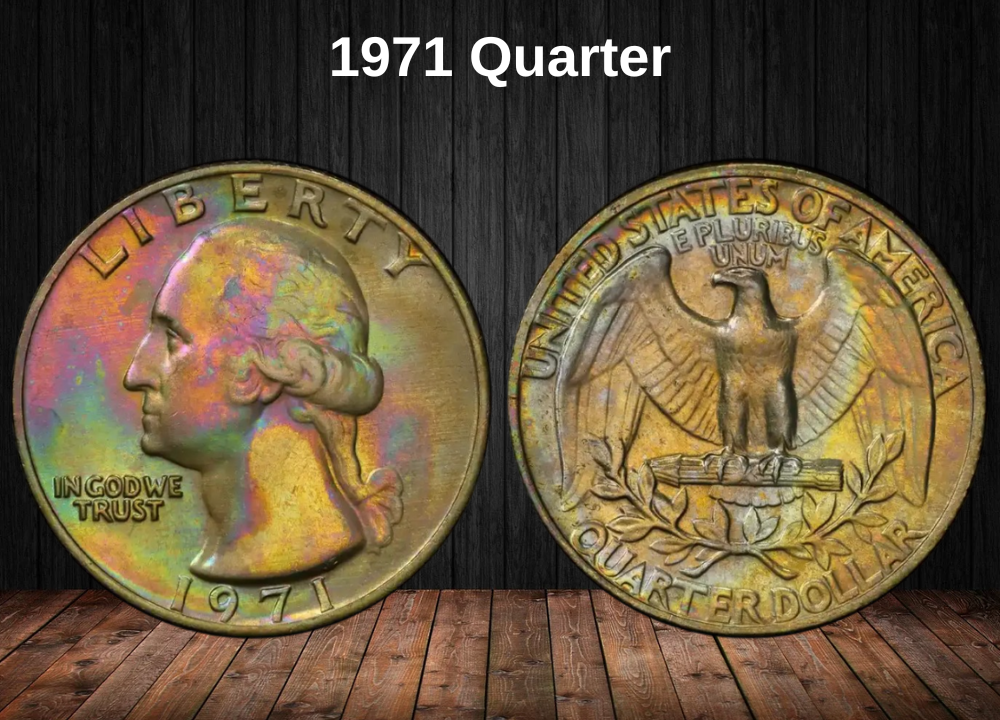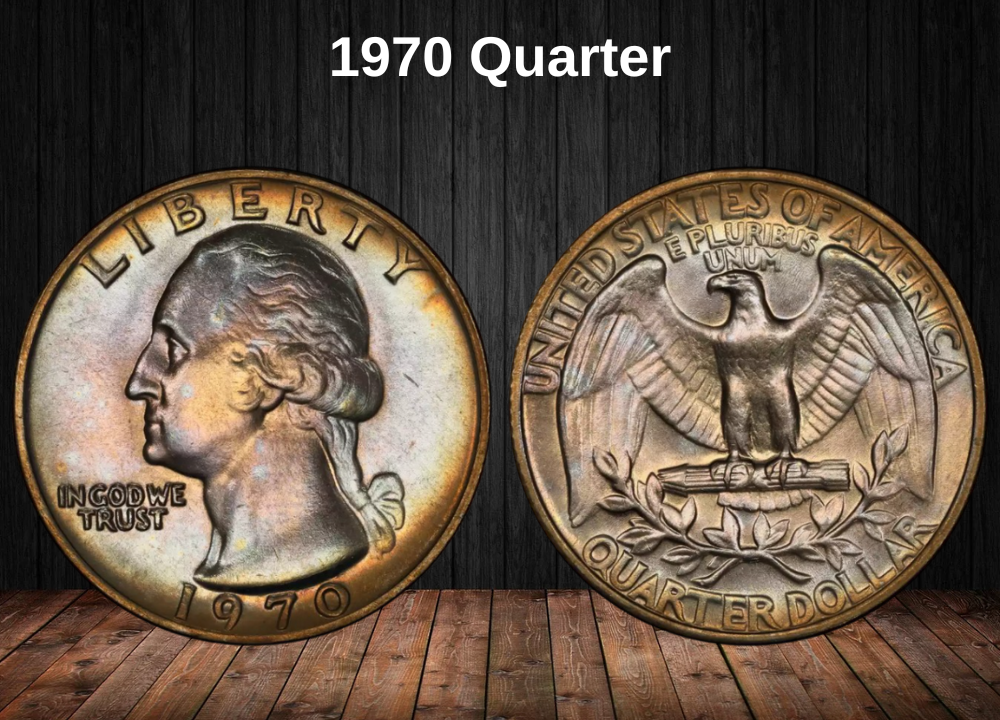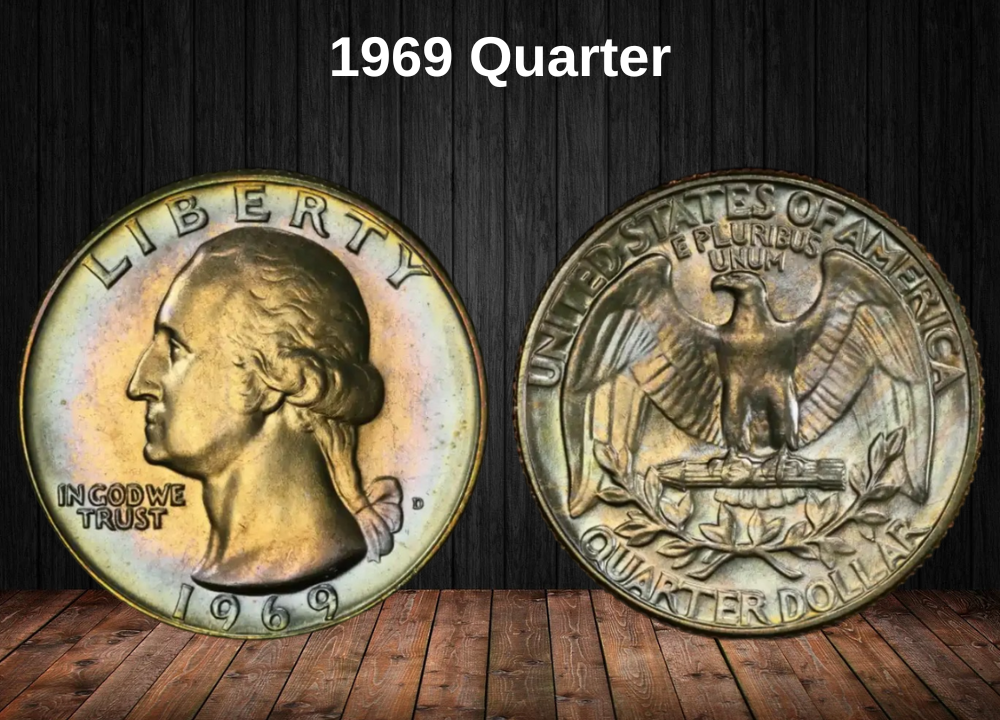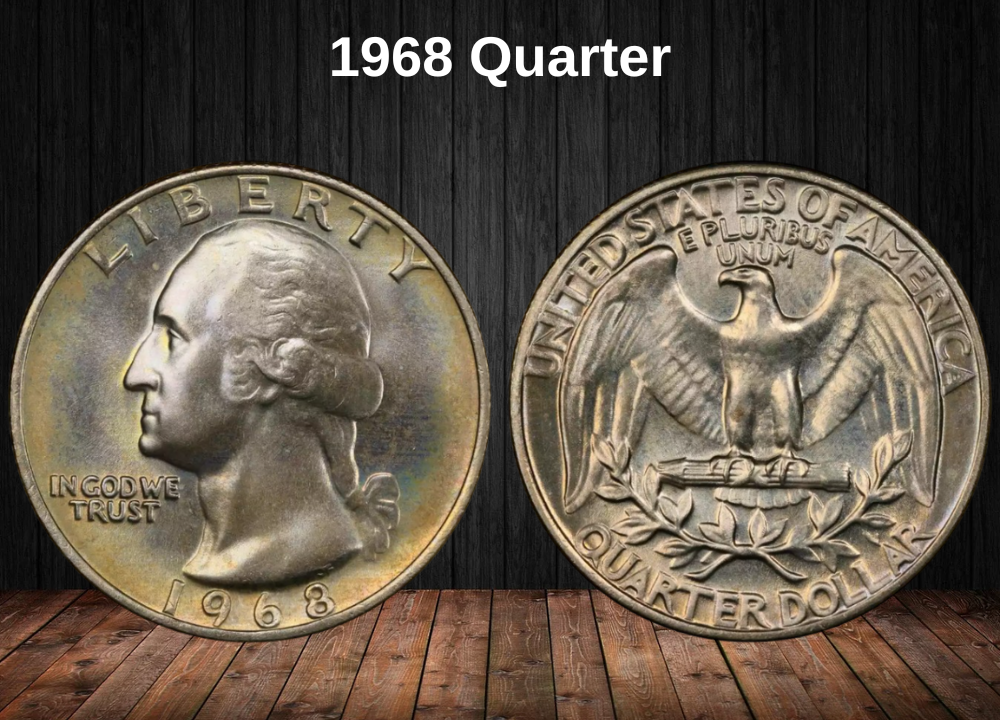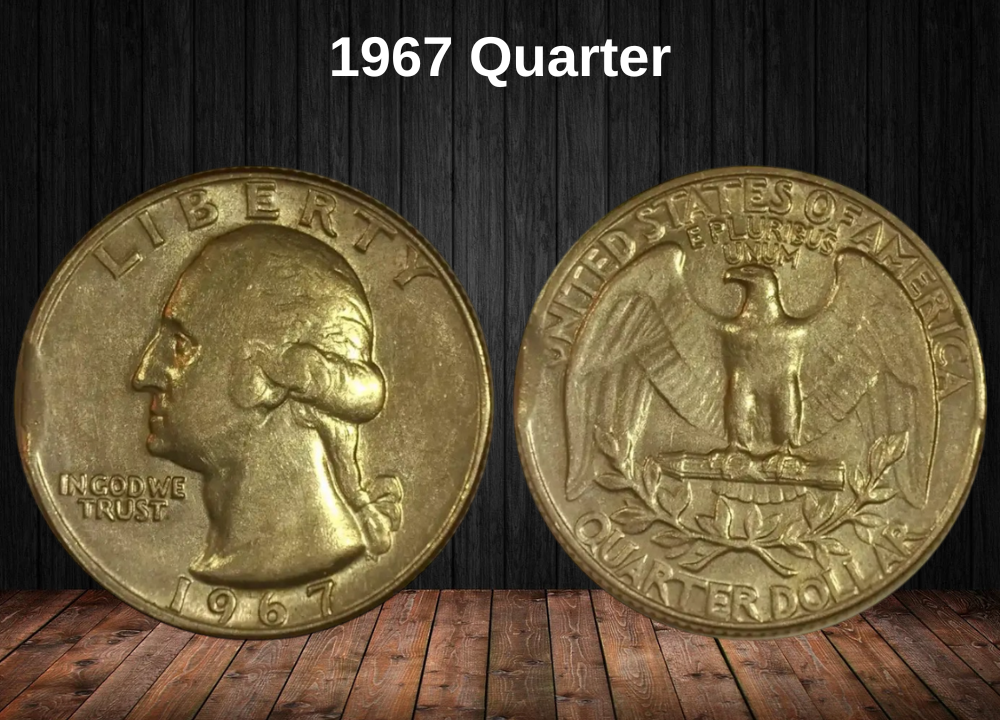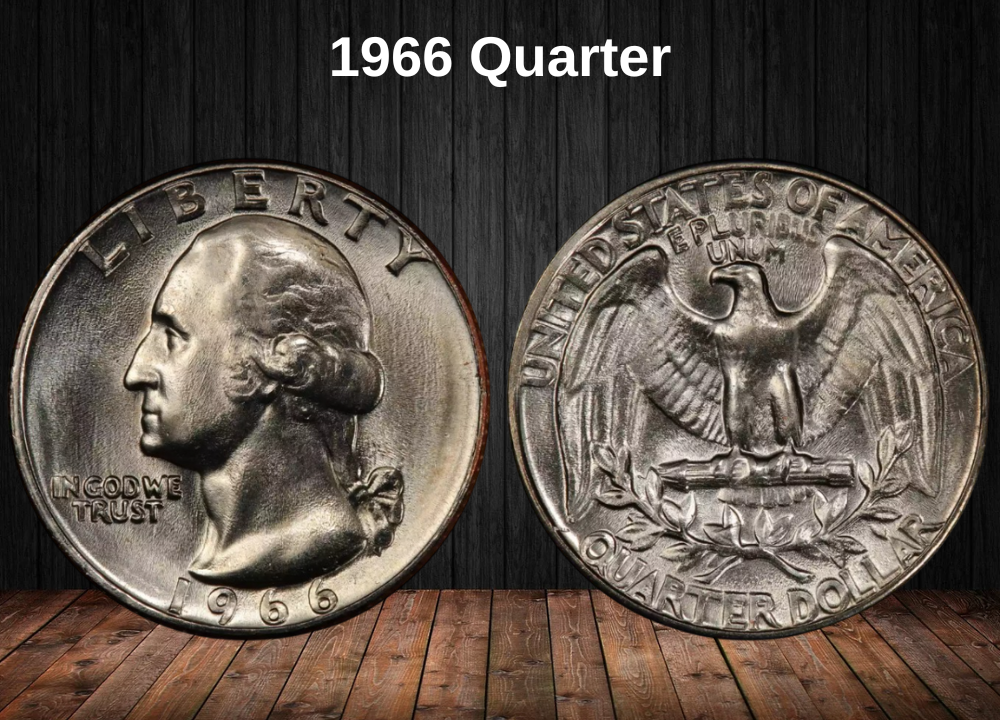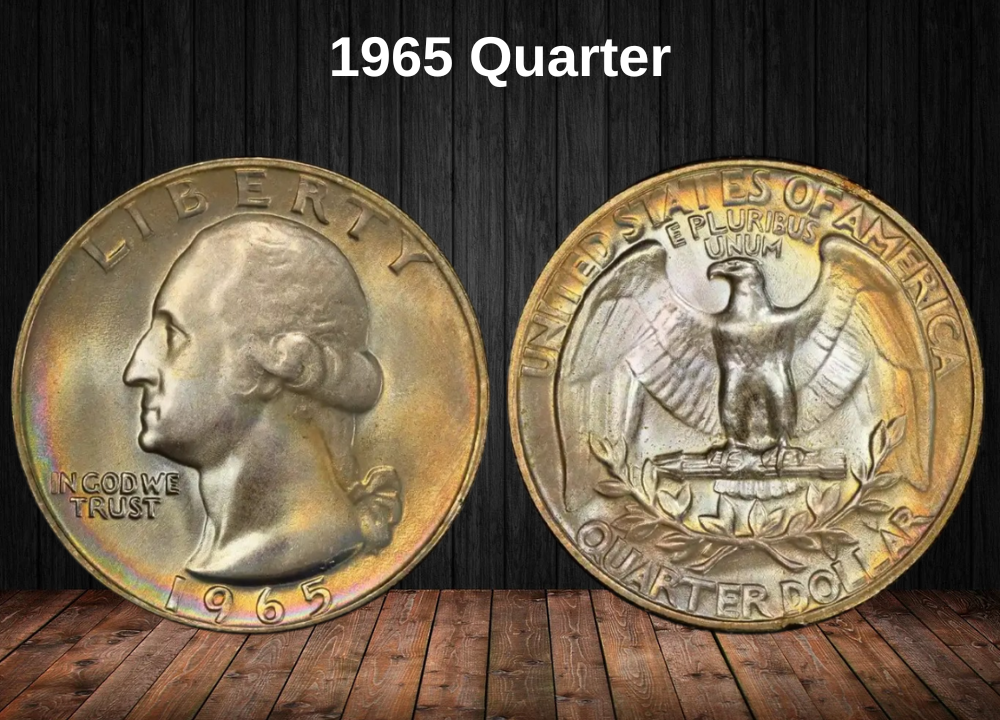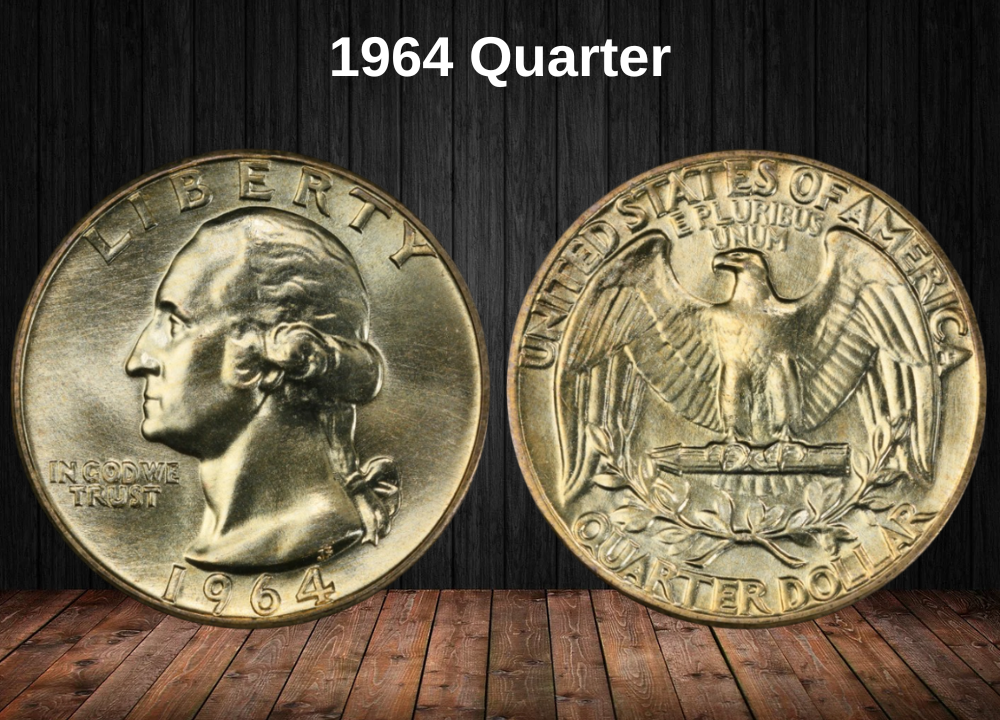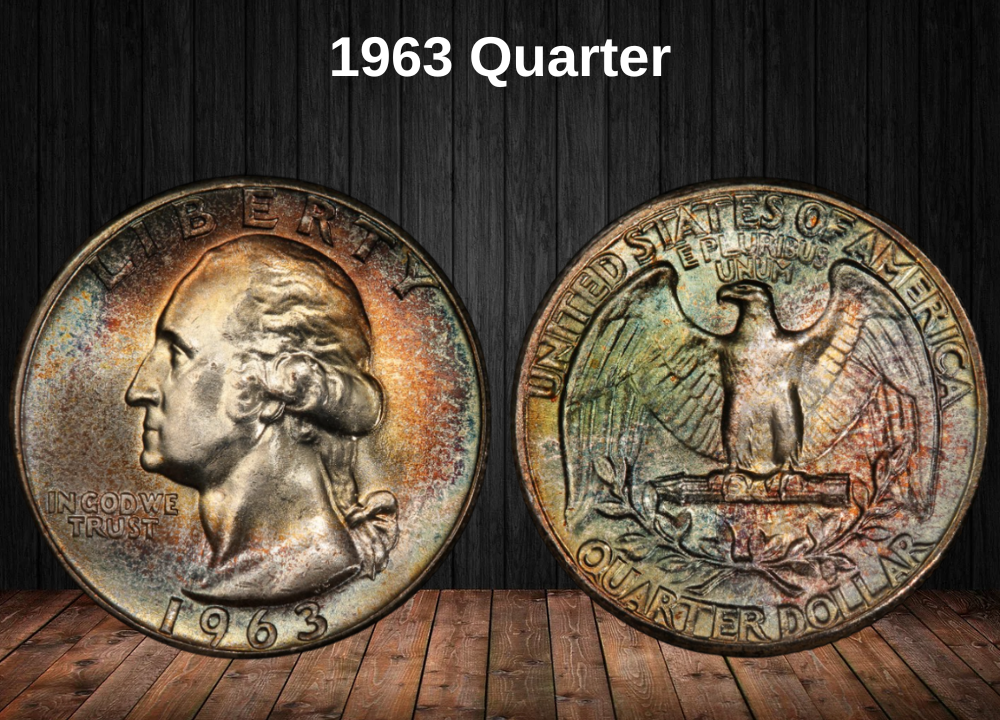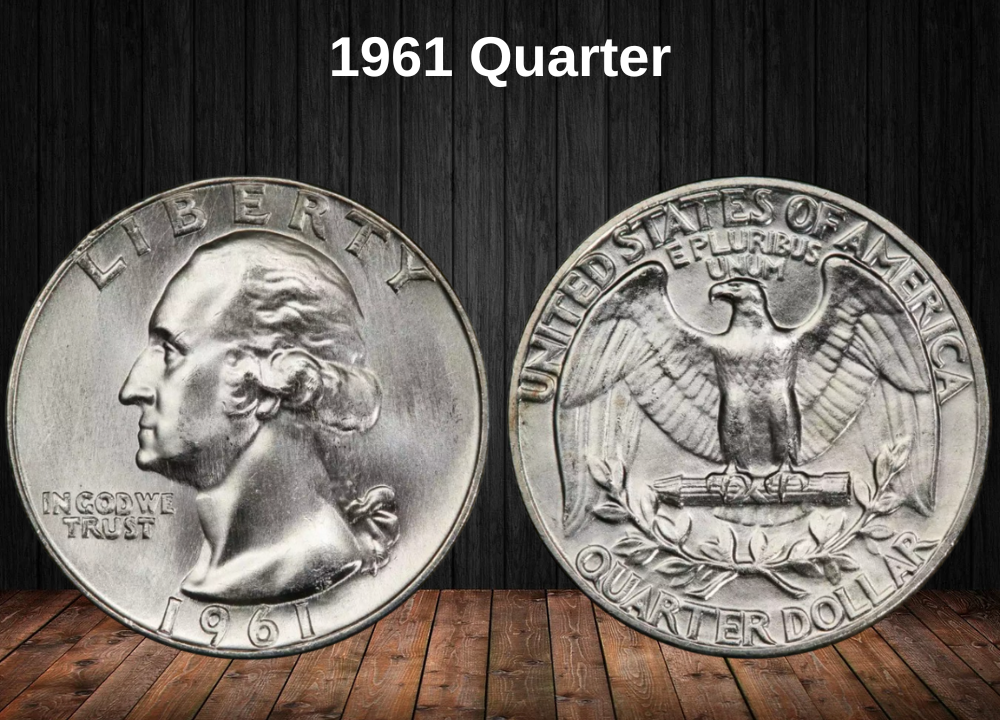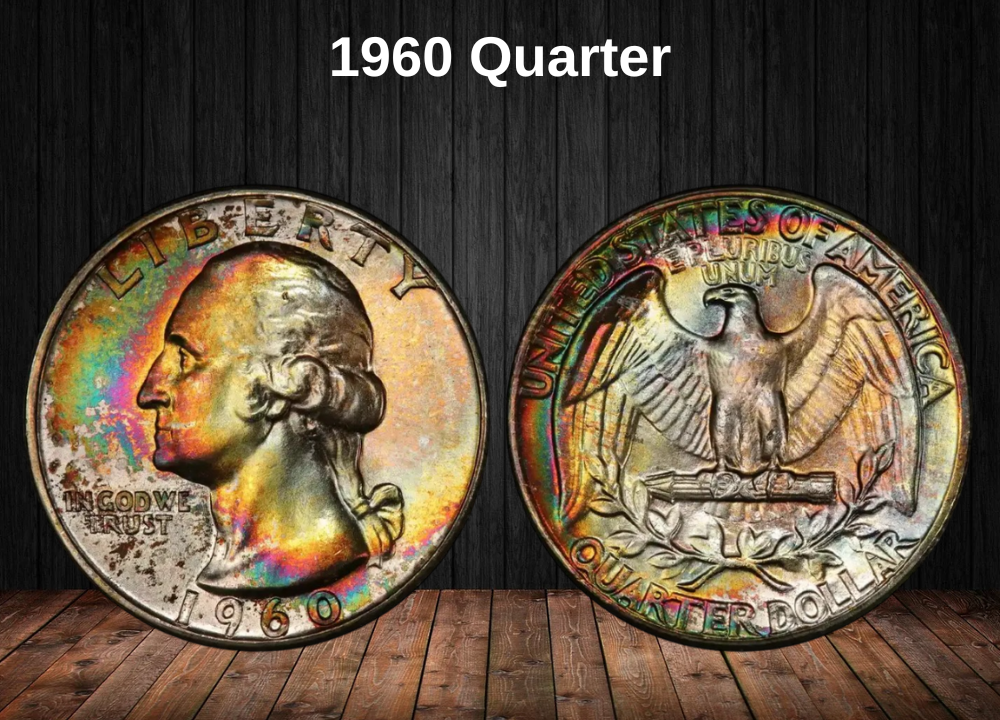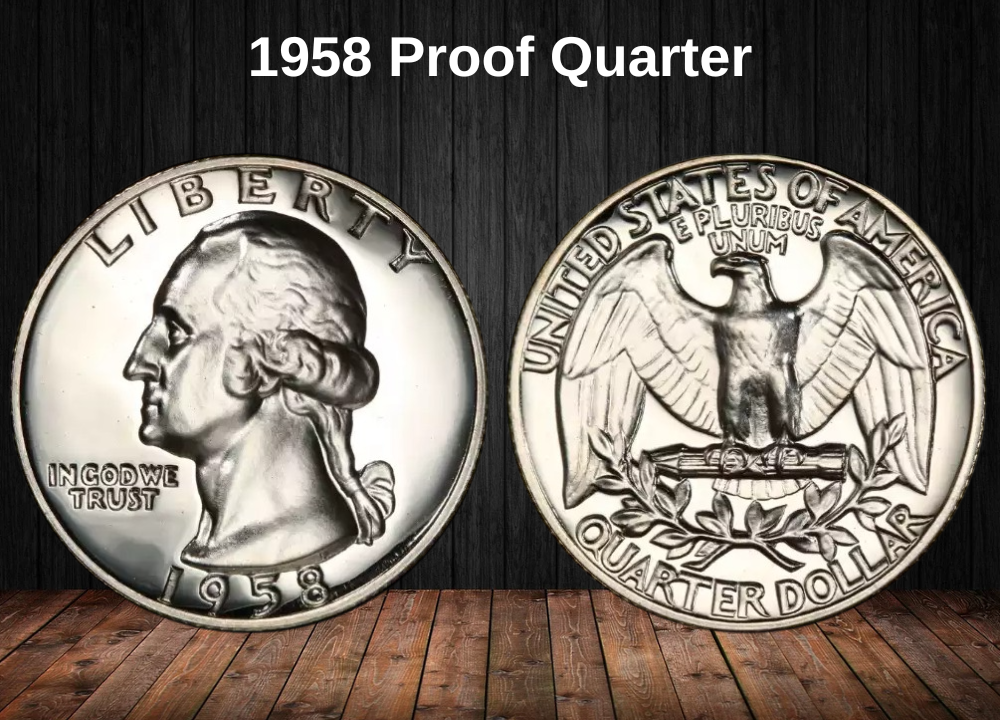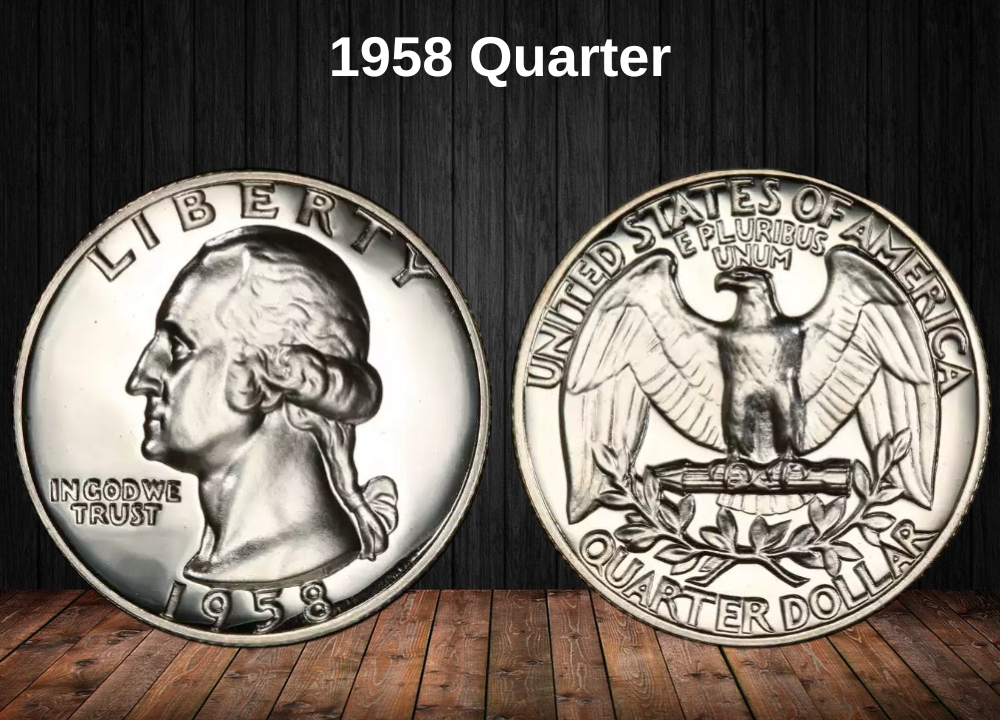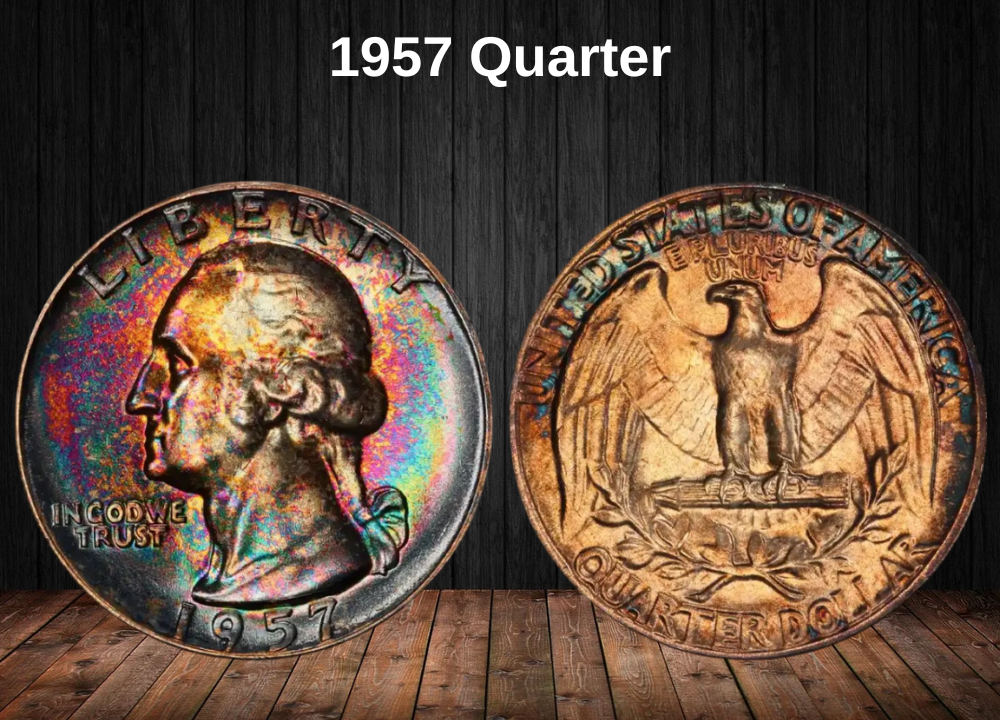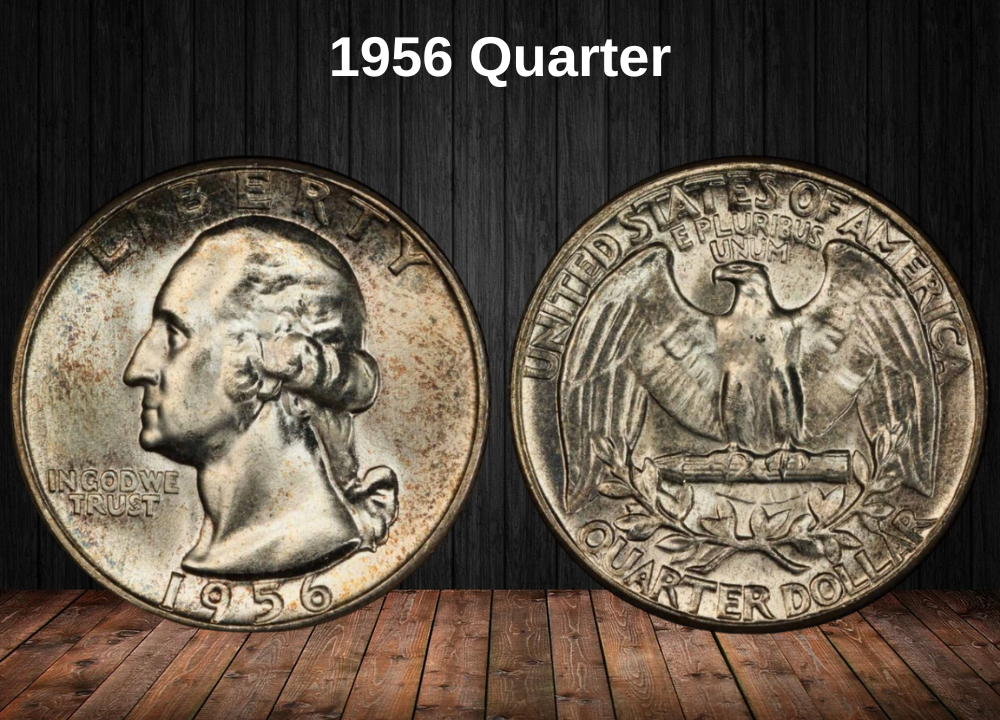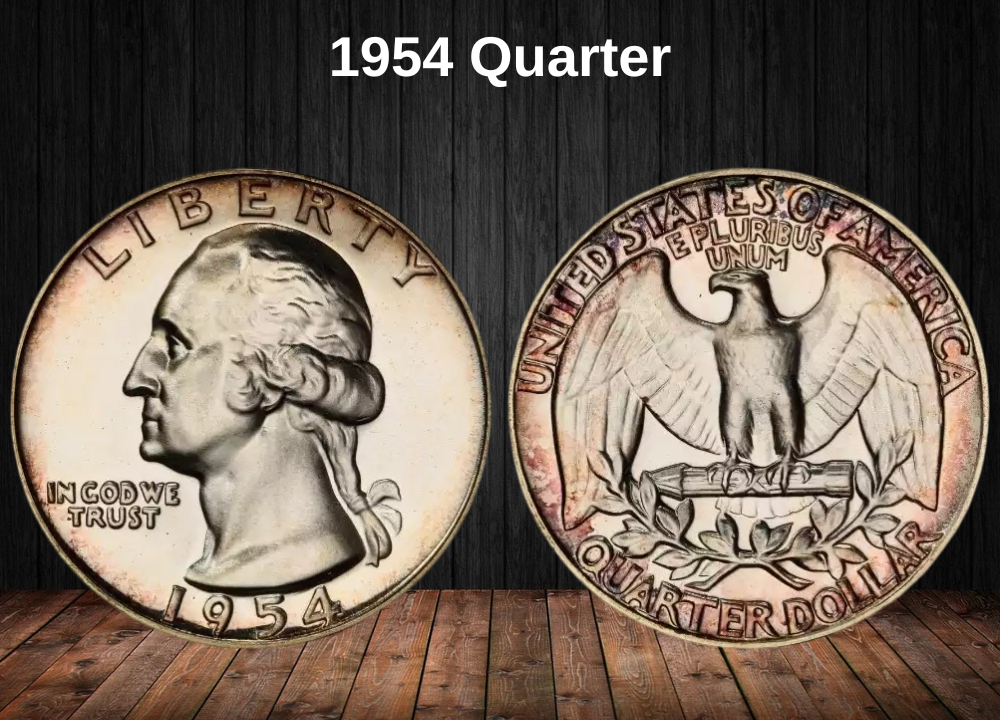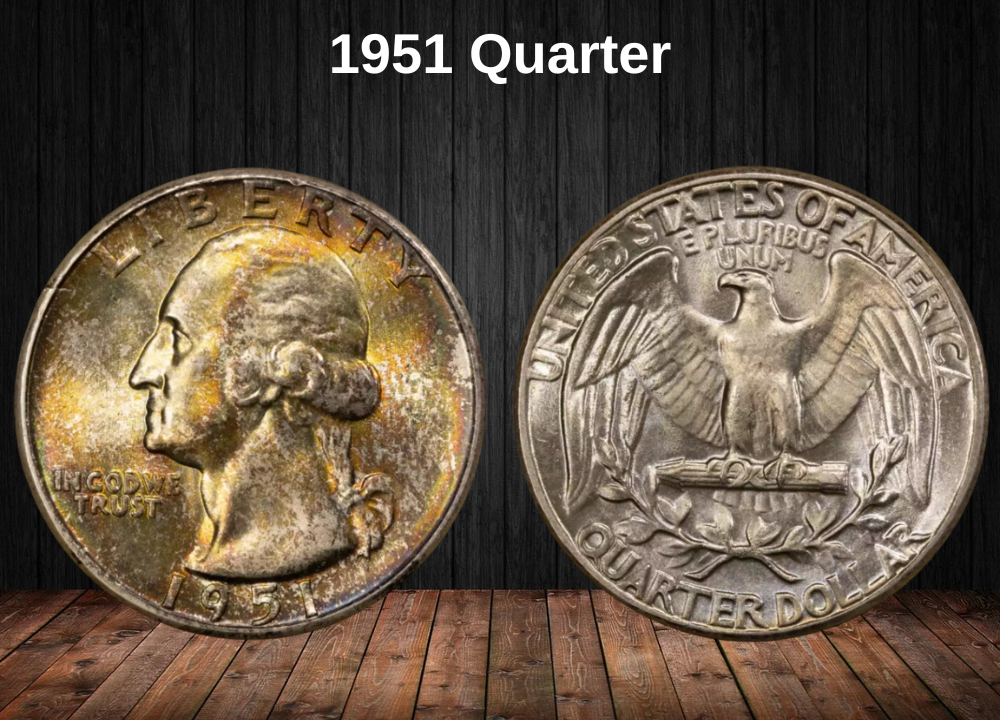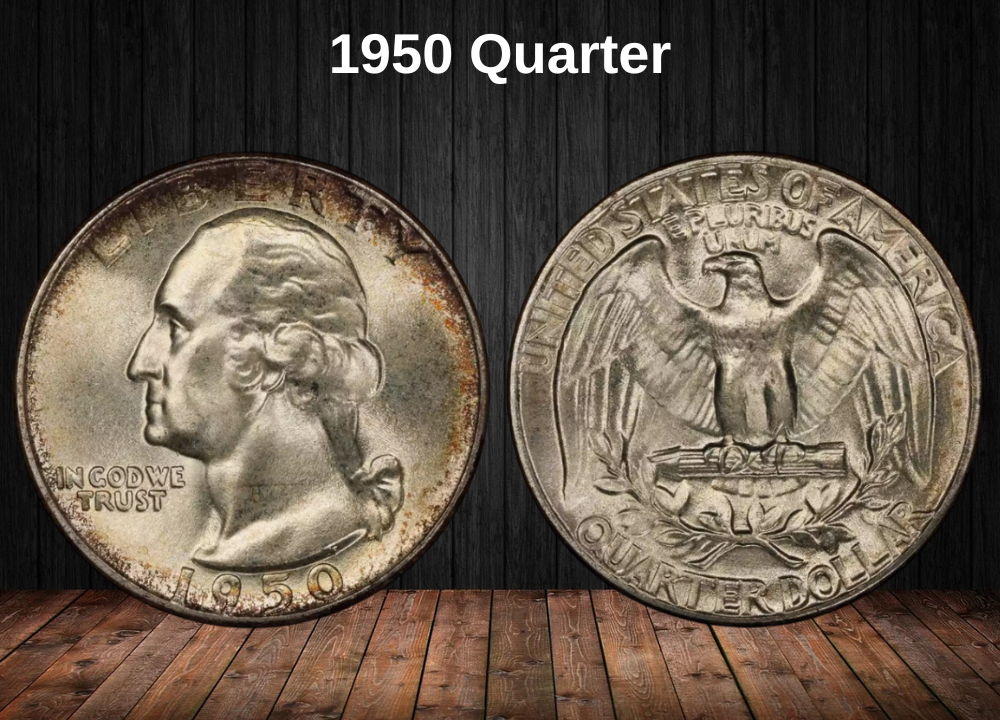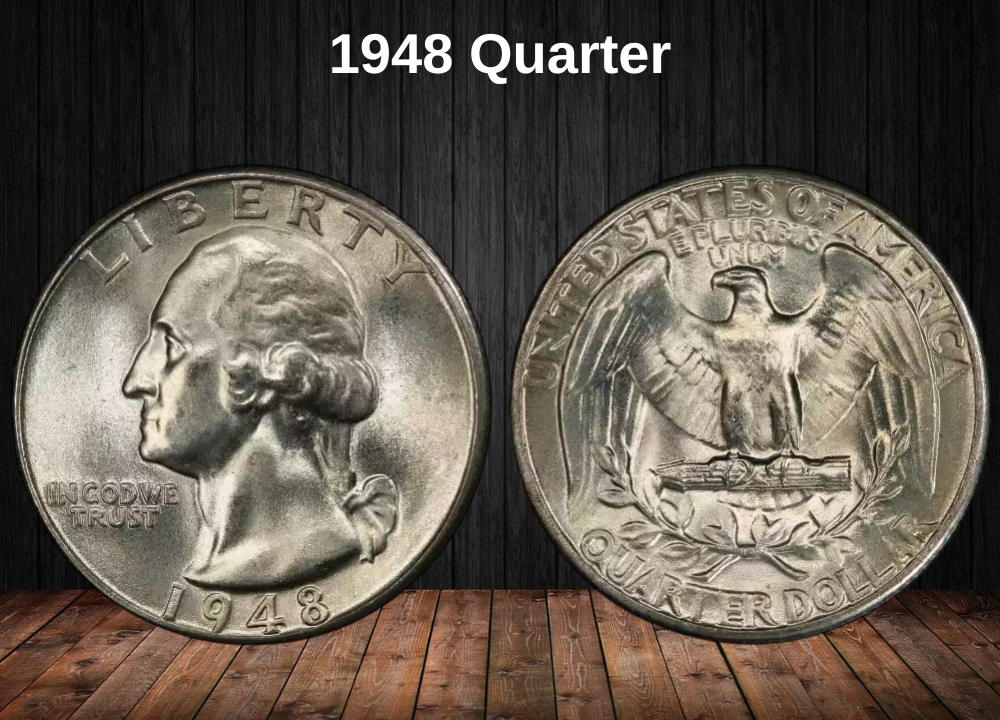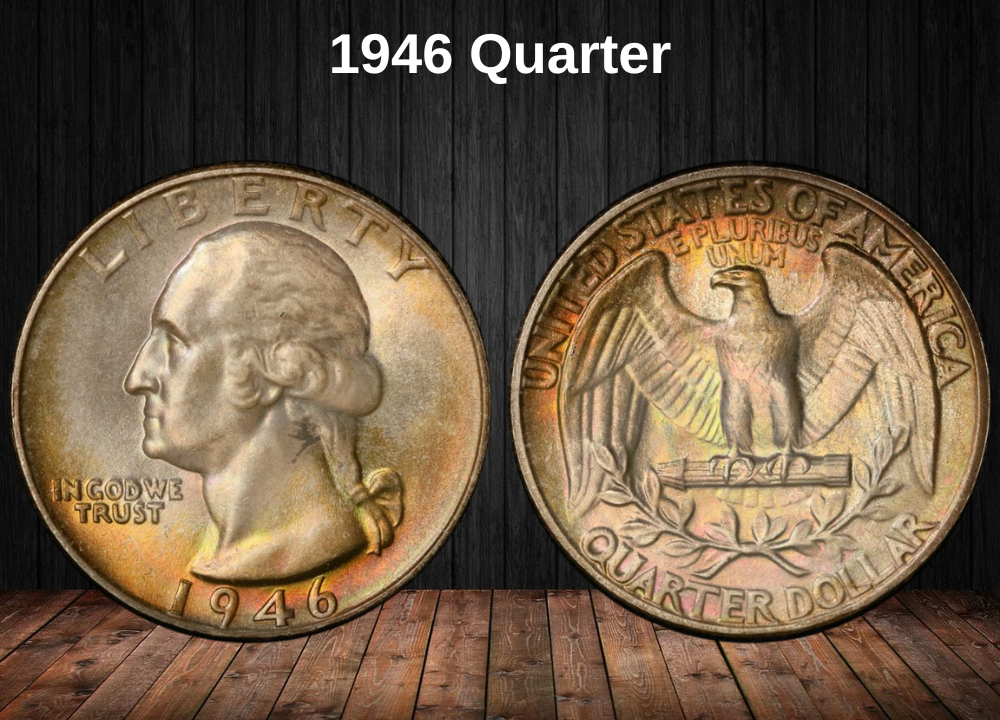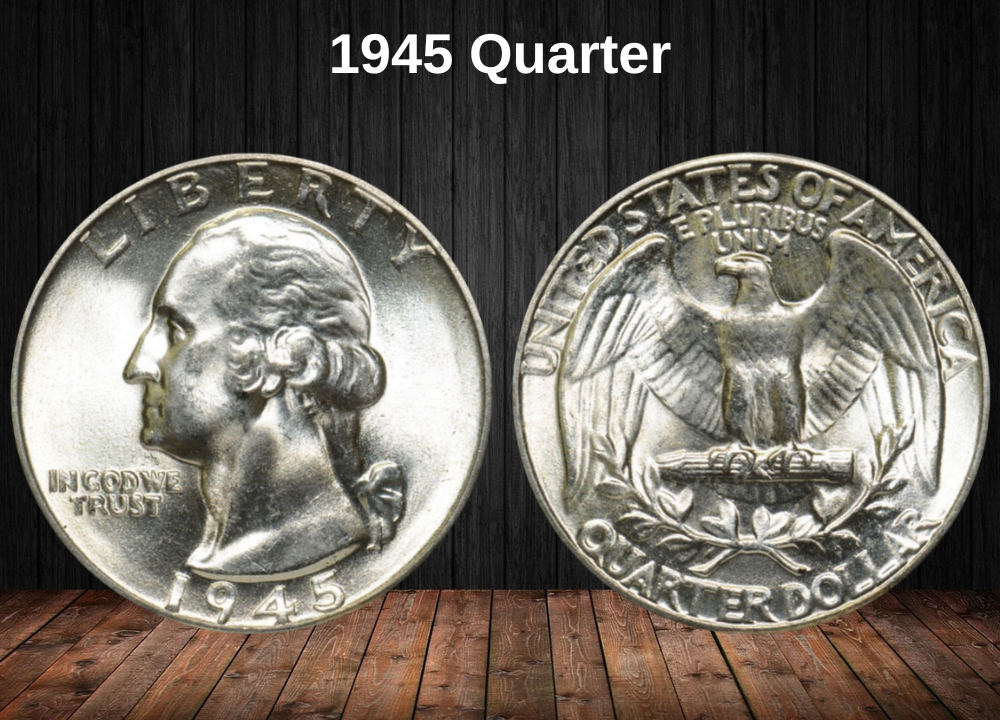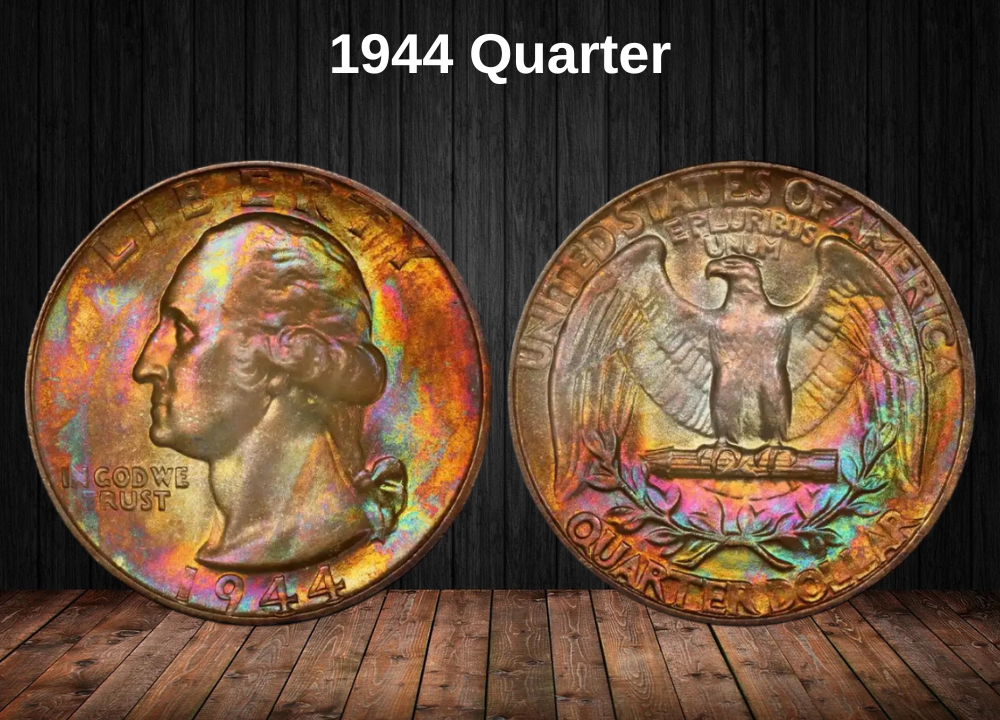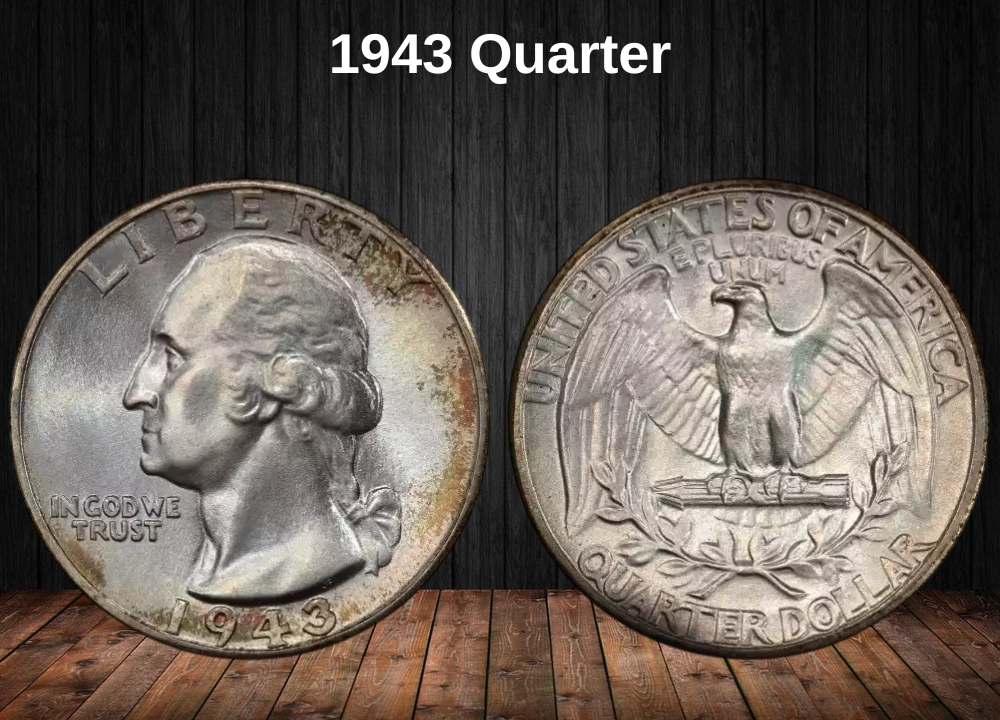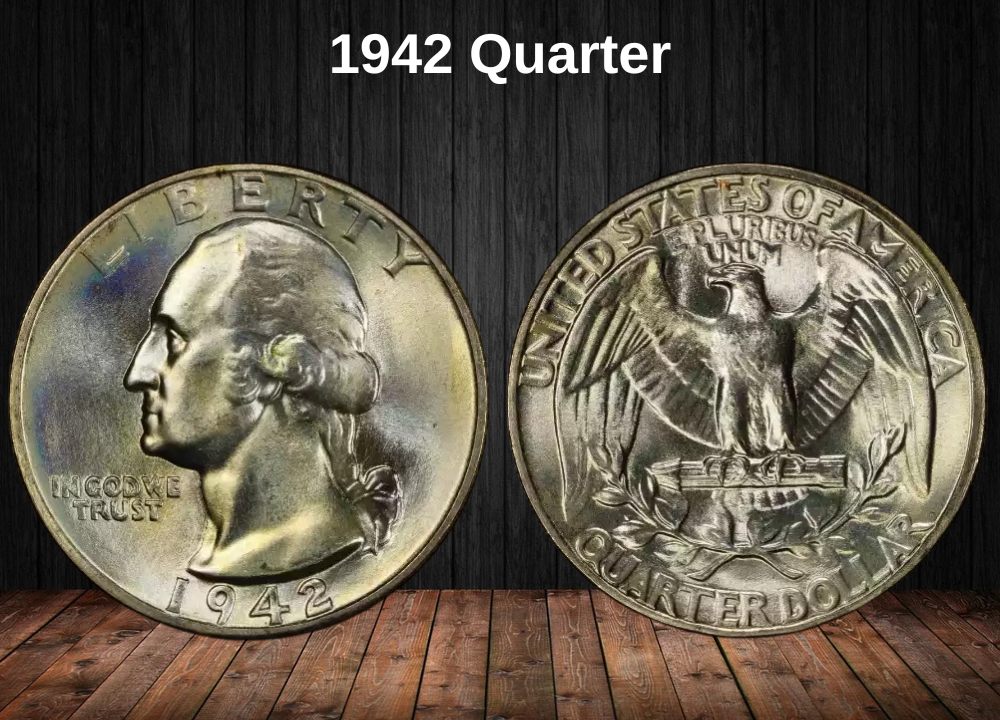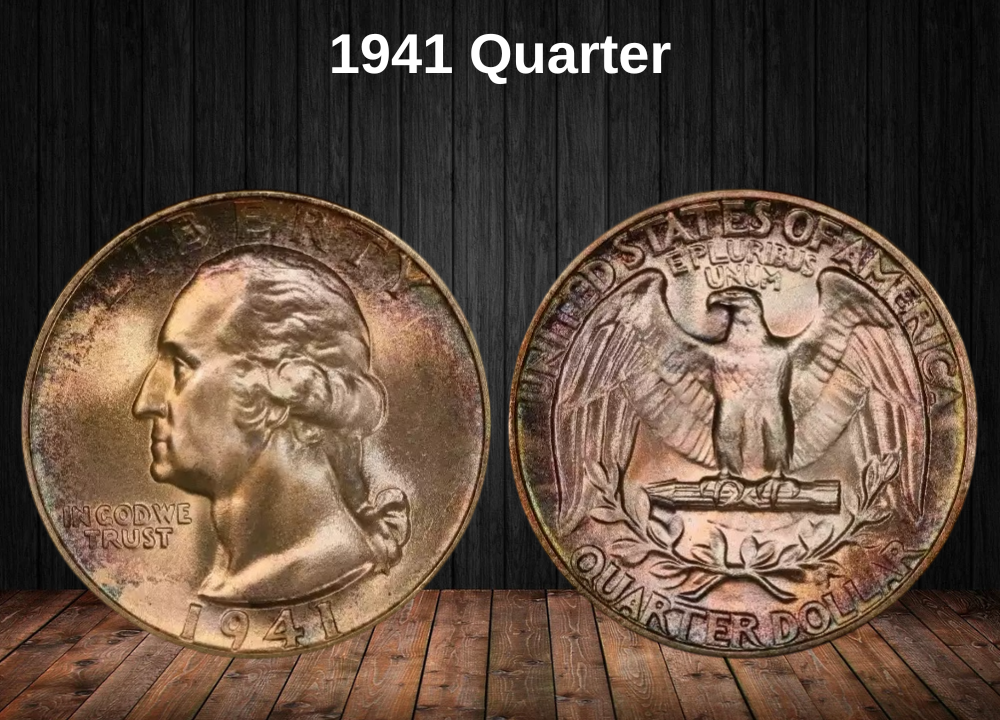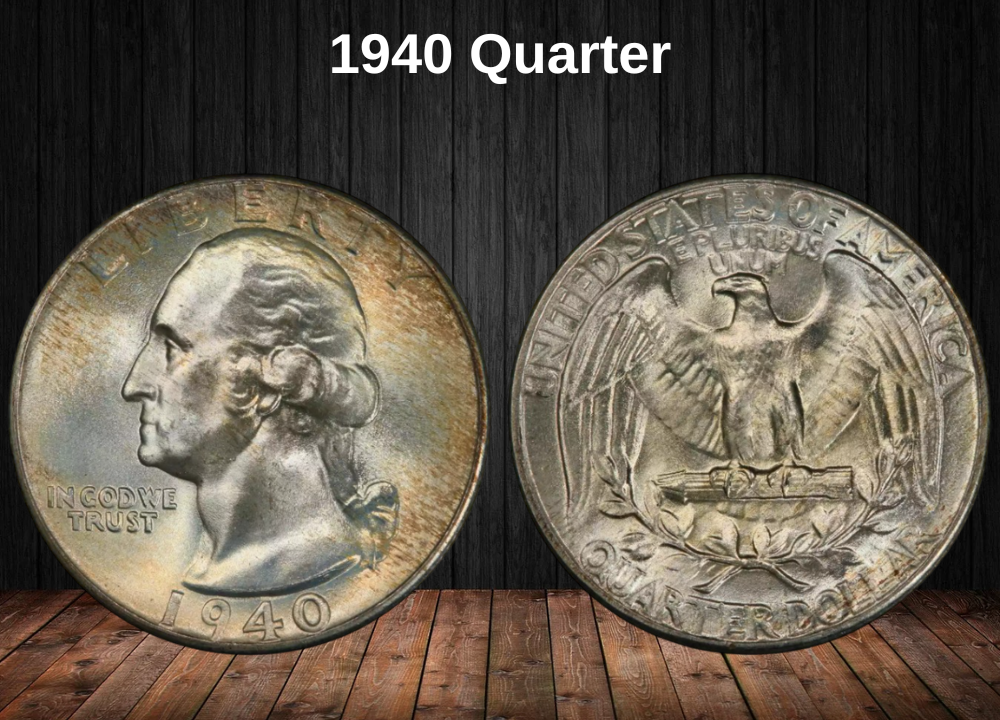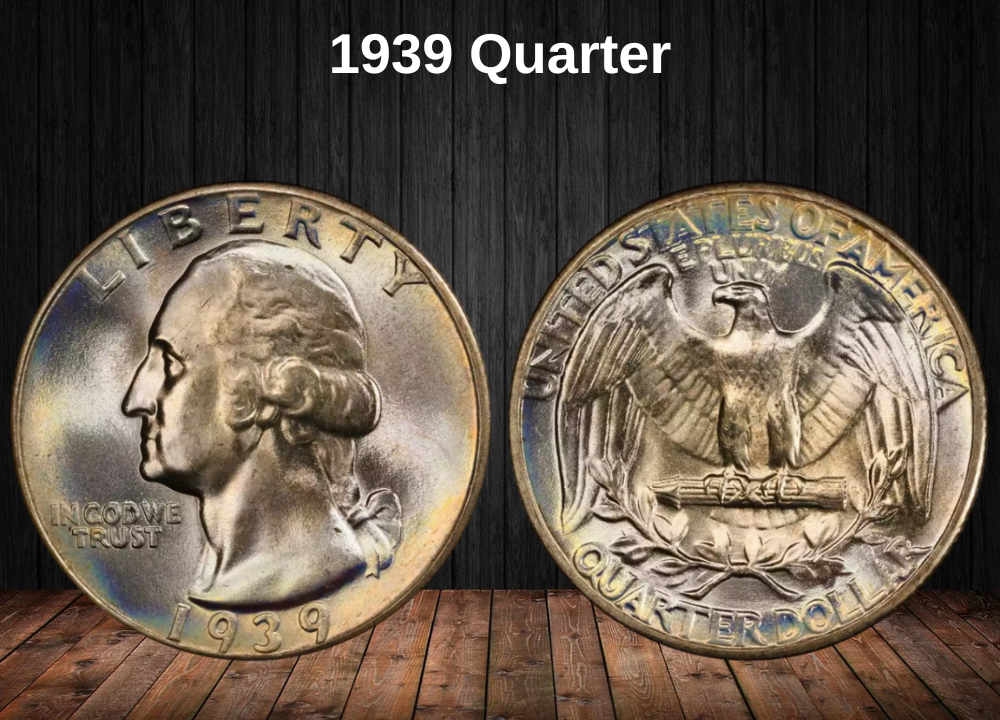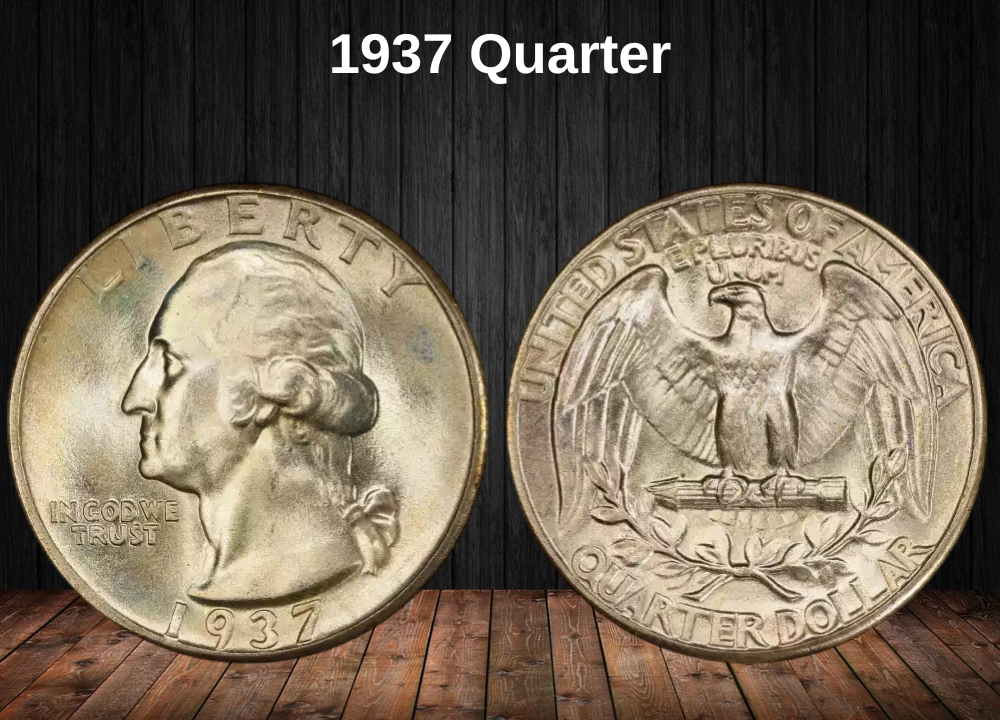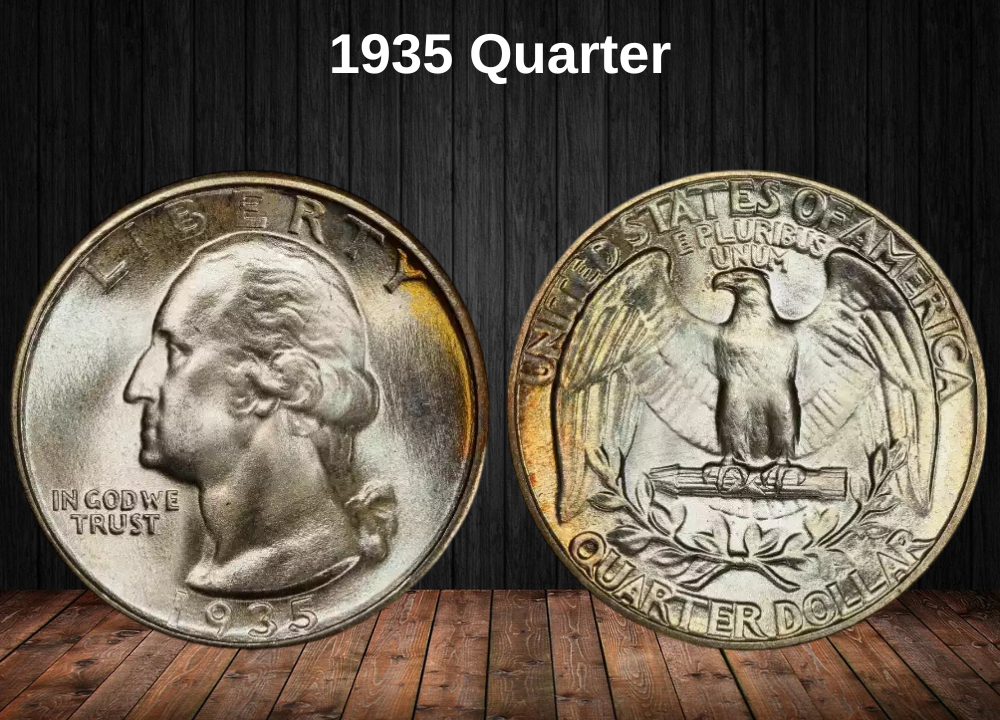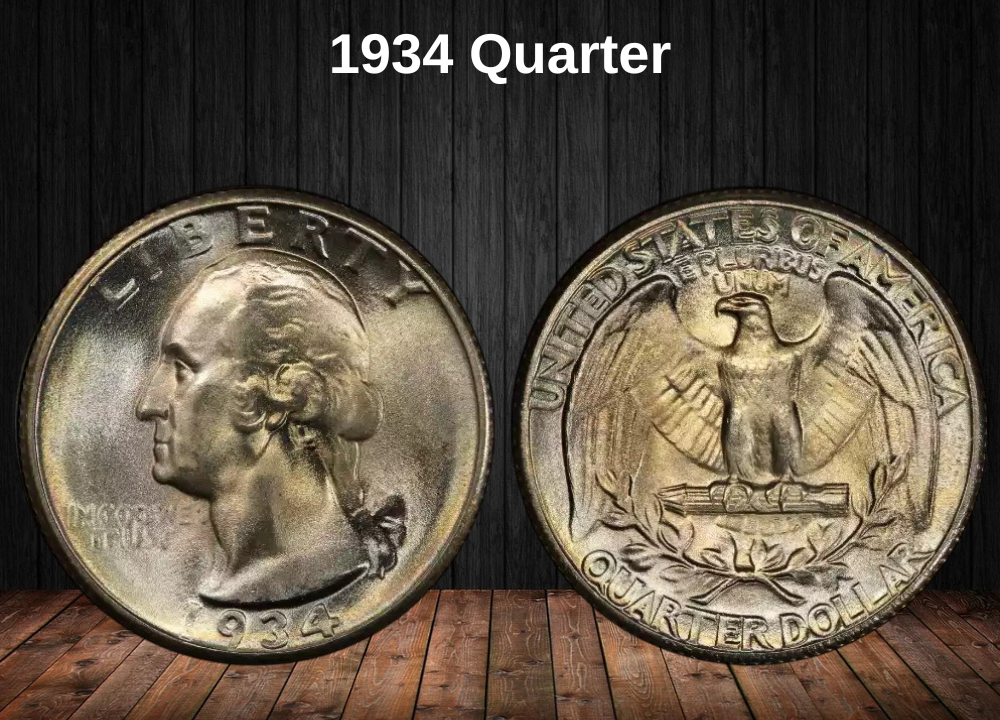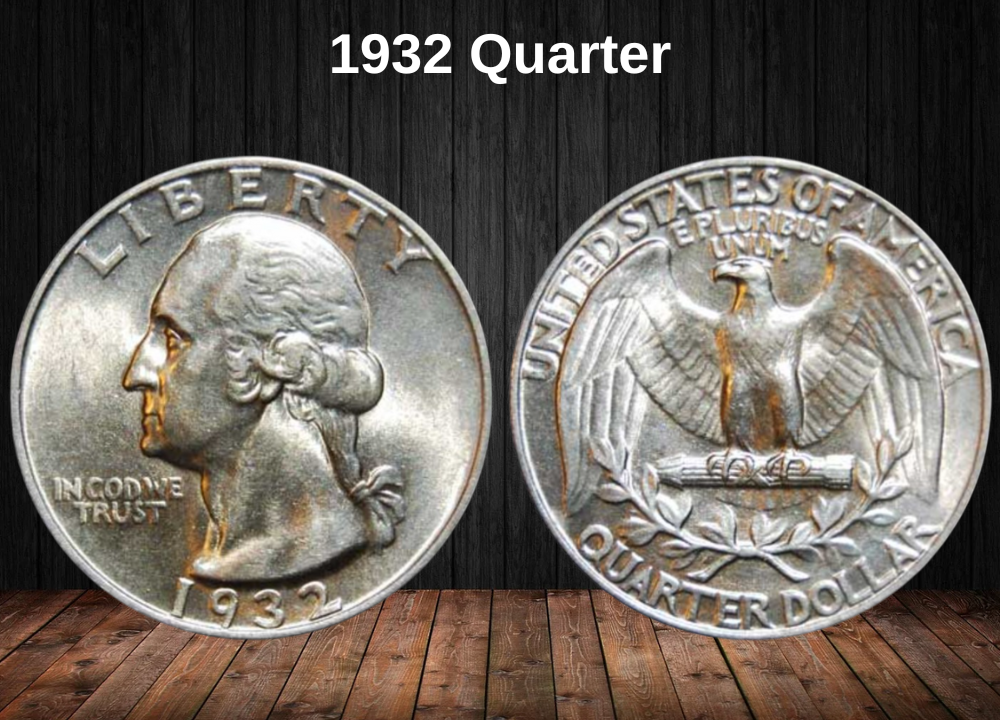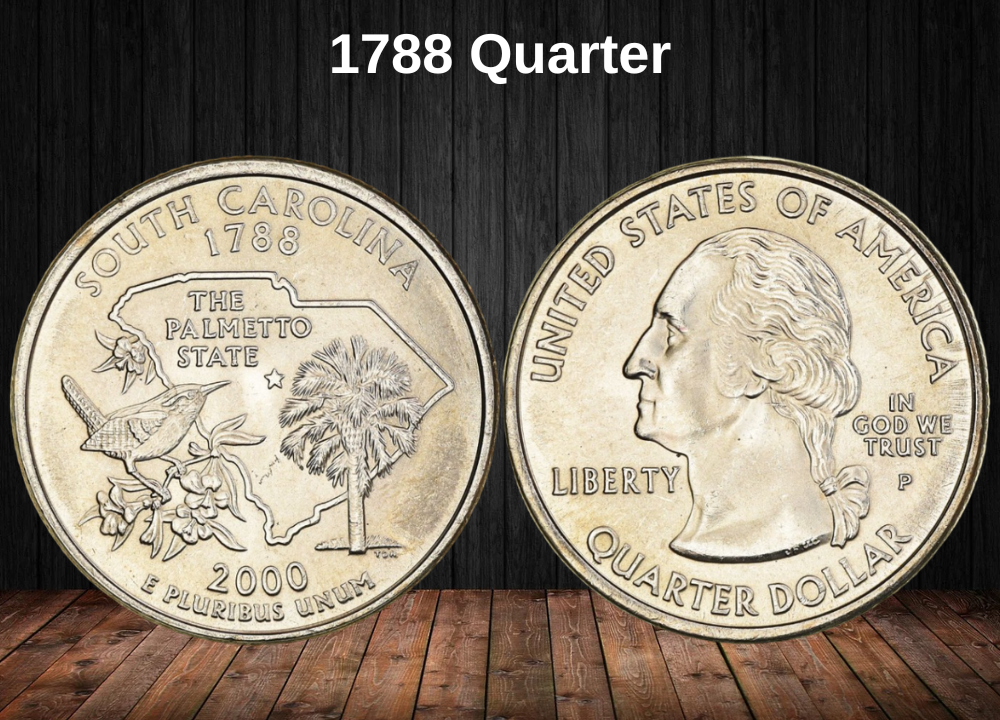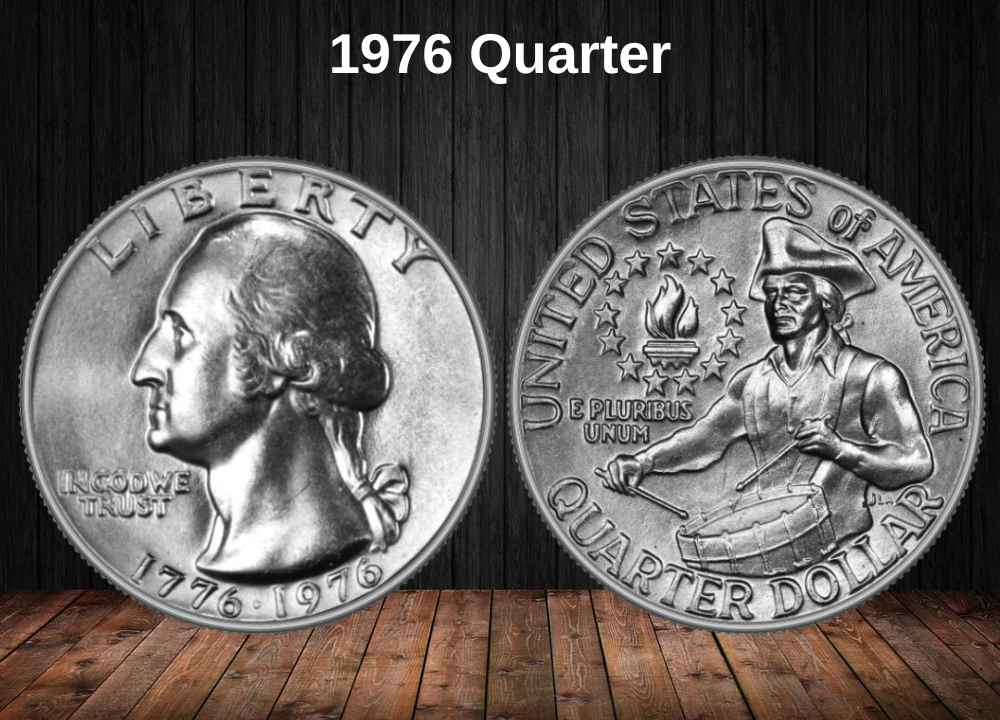The 1962 Washington quarter market has seen a quiet but steady revival. After a slowdown during 2020–2022, collector demand has rebounded, fueled by renewed interest in pre-1965 silver coinage and recognition of how rarity varies among different issues.
What makes 1962 especially appealing is the contrast between the ordinary and the scarce. Circulated examples typically trade near their silver melt value—around $6–$7—yet certain proof strikes can fetch $50 or more, with the rare Deep Cameo (DCAM) specimens representing only about 7% of the original proof mintage.
This resurgence isn’t just about bullion value. It reflects a broader appreciation for survival rates, minting quality, and variety scarcity. For many collectors, the 1962 quarter serves as an affordable entry point into the silver Washington quarter series, while still offering the possibility of finding coins with strong upside potential.
1962 Quarter Value by Variety
Below is a breakdown of approximate values depending on type and condition, covering circulation strikes from Philadelphia and Denver, along with Proof, Cameo, and Deep Cameo issues.
1962 Quarter Value Chart
| Type | Good (G4) | Fine (F12) | About Uncirculated (AU50) | Mint State (MS60–MS63) | Proof (PR65) |
|---|---|---|---|---|---|
| 1962 No Mint Mark (Philadelphia) | $6.00 | $6.17 | $7.00 | $21.50 | — |
| 1962-D (Denver) | $6.00 | $6.17 | $7.00 | $30.50 | — |
| 1962 Proof | — | — | $4.00 | — | $16.56 |
| 1962 CAM Proof | — | — | — | — | $21.83 |
| 1962 DCAM Proof | — | — | — | — | $52.83 |
History of the 1962 Quarter
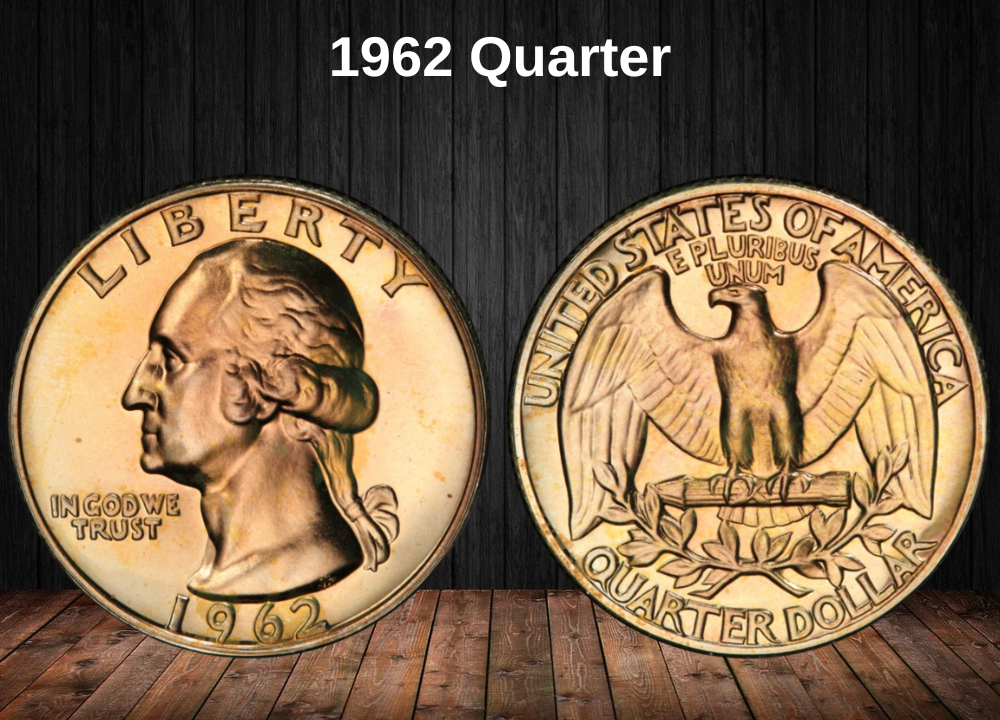
The 1962 Washington quarter holds a special place in U.S. coinage history, standing at the threshold between the classic silver era and the modern clad era that would begin just a few years later.
Struck in both Philadelphia and Denver, more than 80 million coins were produced to meet the demands of a rapidly growing post-war economy. These pieces were still composed of 90% silver and 10% copper, representing one of the final years before the historic shift brought on by the Coinage Act of 1965, which eliminated silver from circulating quarters and dimes.
What makes 1962 especially intriguing is the minting process itself. These quarters were made using traditional striking methods, which often created subtle variations in pressure and die quality. Today, collectors actively seek out these small differences, turning what was once considered normal production into desirable varieties.
The timing of the 1962 issue is particularly meaningful. Within just three years, soaring silver prices forced the U.S. Mint to change quarter composition forever, leaving the 1962 issue as part of the last generation of true silver quarters—a lineage dating back to America’s founding coinage traditions.
Design-wise, the 1962 quarter carried forward John Flanagan’s Washington portrait, first introduced in 1932. The combination of its silver content, historical context, and enduring design makes the 1962 quarter a symbol of mid-20th century American minting at its finest, just before economic pressures reshaped the nation’s coins.
Key Features of the 1962 Quarter
The Washington quarter, designed by John Flanagan, debuted in 1932 to commemorate the bicentennial of George Washington’s birth. It replaced the Standing Liberty quarter and went on to become the longest-running design in U.S. coinage history, with only minor changes until 1998. Circulating Washington quarters in this original design continued until 2022.
The Obverse of the 1962 Quarter
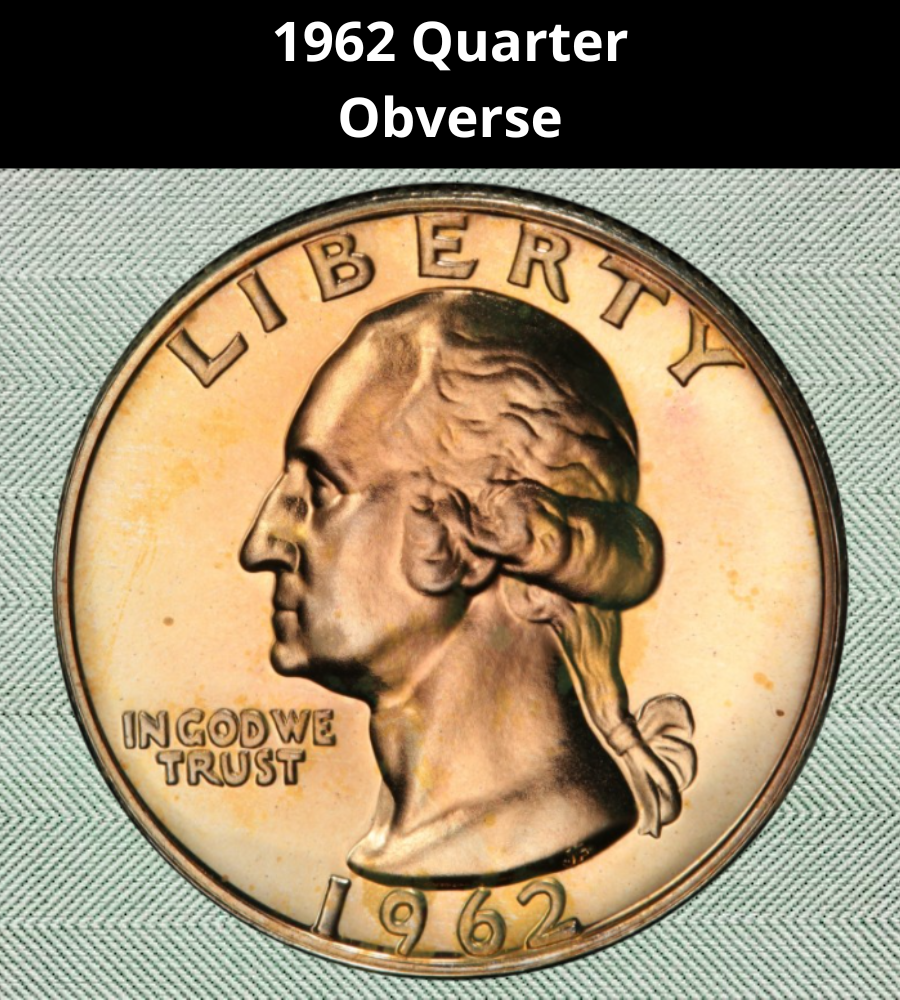
The obverse showcases a left-facing portrait of George Washington, with Flanagan’s initials “JF” subtly engraved at the base of the neckline. Above Washington’s head appears the word “LIBERTY”, while the motto “IN GOD WE TRUST” is placed to the left, just in front of his chin. The date 1962 is positioned at the bottom of the design.
The overall look of the obverse is clean and straightforward, reflecting Flanagan’s intent to keep the design timeless.
The Reverse of the 1962 Quarter
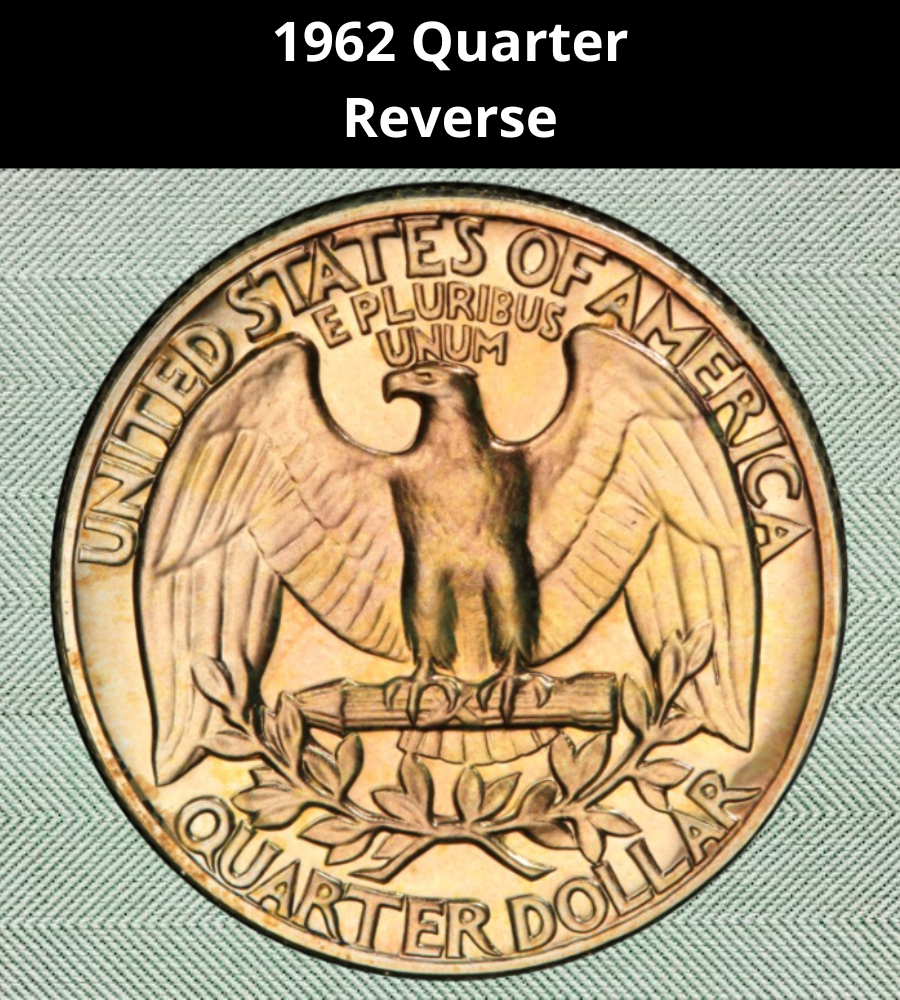
On the reverse, the central image is a bold American eagle clutching 13 arrows in its talons, symbolizing the original colonies. Below the eagle are olive branches, representing peace and balance in contrast to the arrows of defense.
Inscriptions include “UNITED STATES OF AMERICA” along the top rim, with the motto “E PLURIBUS UNUM” placed just above the eagle’s head. The denomination, “QUARTER DOLLAR,” curves along the lower rim to complete the composition.
Other Features of the 1962 Quarter
The 1962 issue belongs to the final era of U.S. 90% silver quarters struck before the switch to clad coinage in 1965.
- Composition: 90% silver, 10% copper
- Weight: 6.25 g (0.2009 troy oz)
- Silver Content: 5.623 g (0.1808 troy oz)
- Diameter: 24.3 mm (0.956 in)
- Thickness: 1.75 mm (0.069 in)
- Edge: Reeded
- Face Value: $0.25
These specifications underscore why the 1962 Washington quarter remains both a historical artifact and a collectible silver coin for modern numismatists.
1962 Quarter Grading Overview
| Grade / Type | Key Features to Look For | Value Impact |
|---|---|---|
| AU (About Uncirculated) | Light wear on Washington’s hair and cheek, partial luster may remain. | Worth close to silver melt (~$6–$7). |
| MS (Mint State) | Full luster across the coin, no friction on high points; even minor rub can downgrade to AU. | Can reach hundreds depending on grade (MS65+). |
| Proof (PR) | Standard mirror finish, minimal contrast. | Modest premiums over silver value. |
| Proof CAM (Cameo) | Strong contrast: frosted devices vs. mirrored fields. | Commands higher premiums than regular proofs. |
| Proof DCAM (Deep Cameo) | Bold, heavy frosting with dramatic contrast across the design. | Can add hundreds of dollars compared to standard proofs. |
1962 Quarter Value Guides
1962 No Mint Mark Quarter Value
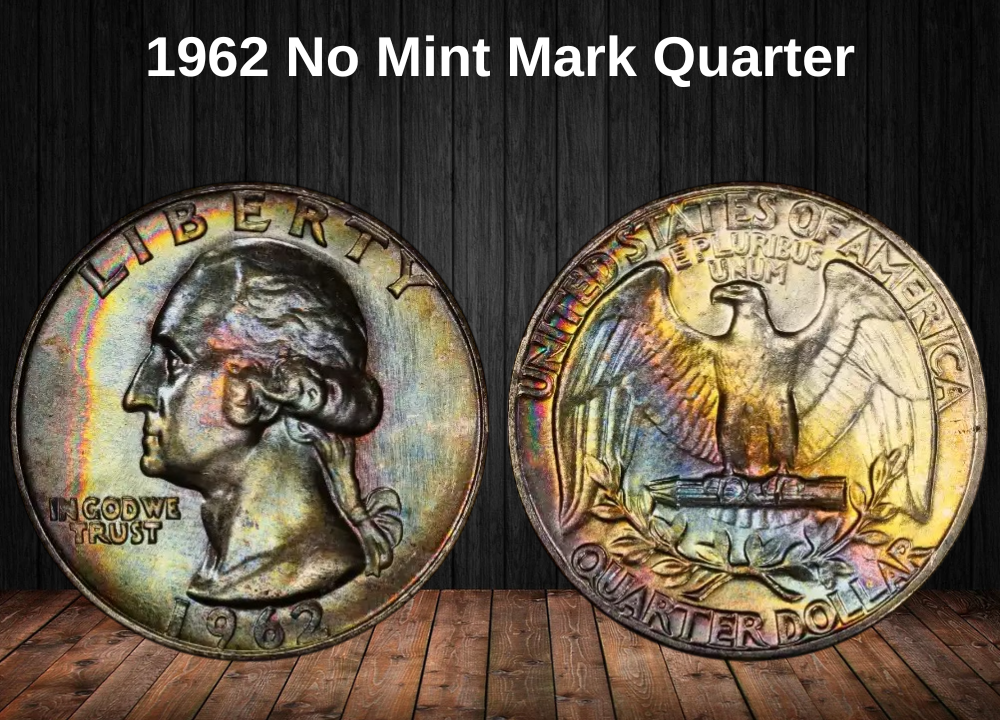
The 1962 Washington quarter without a mint mark occupies a special place in U.S. coinage history as one of the last silver issues from the Philadelphia Mint before the national silver shortage transformed circulating coinage.
Philadelphia struck just 36 million pieces, a relatively small figure compared to Denver’s much larger production that year. Despite this lower mintage, the survival rate is similar, leaving most examples plentiful in circulated grades. The absence of a mint mark was standard practice for Philadelphia coins until 1980.
For collectors, these coins symbolize the closing years of the 90% silver era, when quarters were still commonly spent in daily commerce—long before the public realized these would soon be replaced by clad coinage.
1962 No Mint Mark Quarter – Price by Grade
(Sheldon 1–70 scale, based on recent auction data)
| Grade (1–70) | Condition Description | Approx. Value |
|---|---|---|
| G4 – VG8 | Heavily circulated, major design worn. | $6 – $7 |
| F12 – VF20 | Moderate wear, lettering still visible. | $7 – $8 |
| EF40 – AU50 | Light wear, strong details remain. | $9 – $12 |
| MS60 – MS62 | Uncirculated, some contact marks. | $14 – $20 |
| MS63 | Choice Mint State, better eye appeal. | $25 – $35 |
| MS64 | Strong luster, few imperfections. | $45 – $65 |
| MS65 | Gem Uncirculated, scarce. | $120 – $180 |
| MS66 | Premium quality, rare. | $400 – $650 |
| MS67 | Nearly flawless, very rare. | $2,500+ |
1962-D Quarter Value
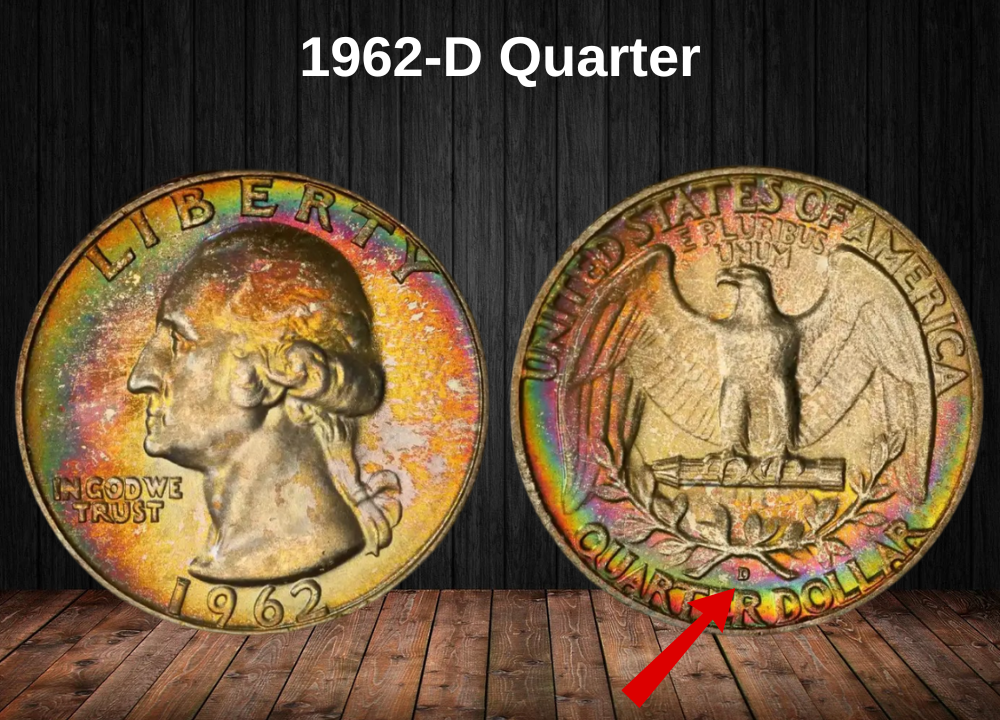
The 1962-D Washington quarter was struck in enormous numbers—over 127 million coins were produced at the Denver Mint, making it the highest-mintage issue of the year. Yet, despite its massive output, the 1962-D surprisingly carries a higher rarity rating than its Philadelphia counterpart, with a rarity score of 40.
This paradox highlights the difference between original mintage figures and actual survival rates. Many Denver coins saw heavy circulation across the western United States, reducing the number of high-grade examples available today.
The identifying mark is the small “D” mint mark, located just beneath the eagle on the reverse. Collectors prize these coins as part of the final era of 90% silver quarters, widely used in commerce before the Coinage Act of 1965 changed U.S. coinage forever.
1962-D Quarter – Price by Grade
(Sheldon 1–70 scale, with auction data included)
| Grade (1–70) | Condition Description | Approx. Value |
|---|---|---|
| G4 – VG8 | Well-worn, heavy circulation. | $6 – $7 |
| F12 – VF20 | Moderate wear, details visible. | $7 – $8 |
| EF40 – AU50 | Light wear, sharper features. | $9 – $12 |
| MS60 – MS62 | Uncirculated but with marks. | $15 – $22 |
| MS63 | Choice Mint State, luster present. | $30 – $40 |
| MS64 | Attractive strike, minimal flaws. | $55 – $75 |
| MS65 | Gem Mint State, scarce. | $140 – $200 |
| MS66 | Premium quality, tough to locate. | $500 – $750 |
| MS67 | Nearly perfect, extremely rare. | $3,000+ |
1962 Proof Quarter Value
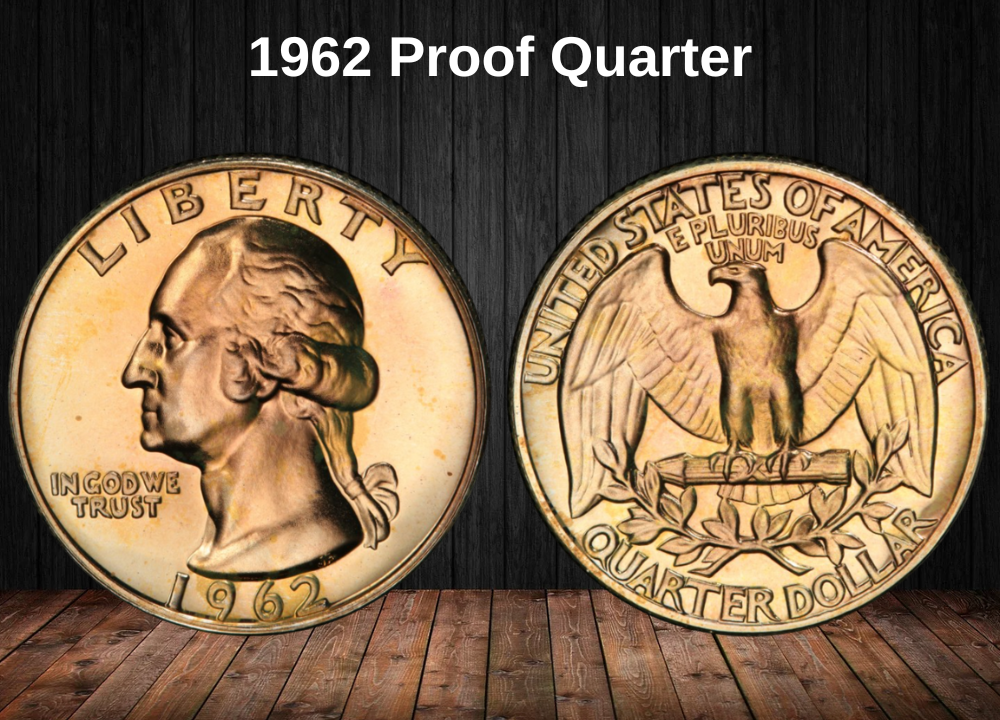
The 1962 Proof Washington quarter, struck at the Philadelphia Mint, represents the standard proof issue of the year. A total of 3.2 million pieces were minted specifically for collectors, showcasing the hallmark mirror-like fields and sharply struck details associated with proof coinage. However, these pieces generally lack the frosted contrast that distinguishes Cameo (CAM) and Deep Cameo (DCAM) varieties.
One interesting detail is the 35.7% survival rate—higher than business strikes but somewhat lower than might be expected for collector coins. While fairly common overall, well-preserved examples still attract collector interest, especially as part of the last generation of 90% silver proof quarters before the transition to clad coinage.
1962 Proof Quarter – Price by Grade
(Sheldon 1–70 scale, based on latest auction data)
| Grade (1–70) | Condition Description | Approx. Value |
|---|---|---|
| PR60 – PR62 | Proof with marks or haze, average quality. | $7 – $10 |
| PR63 | Typical proof, reflective but with light flaws. | $12 – $15 |
| PR64 | Above-average surfaces, better eye appeal. | $18 – $25 |
| PR65 | Gem Proof, clean mirrors, sharp details. | $28 – $40 |
| PR66 | High-quality example, fewer marks. | $50 – $70 |
| PR67 | Premium proof, scarce. | $120 – $180 |
| PR68 | Exceptional example, nearly flawless. | $400 – $600 |
1962 CAM Quarter Value
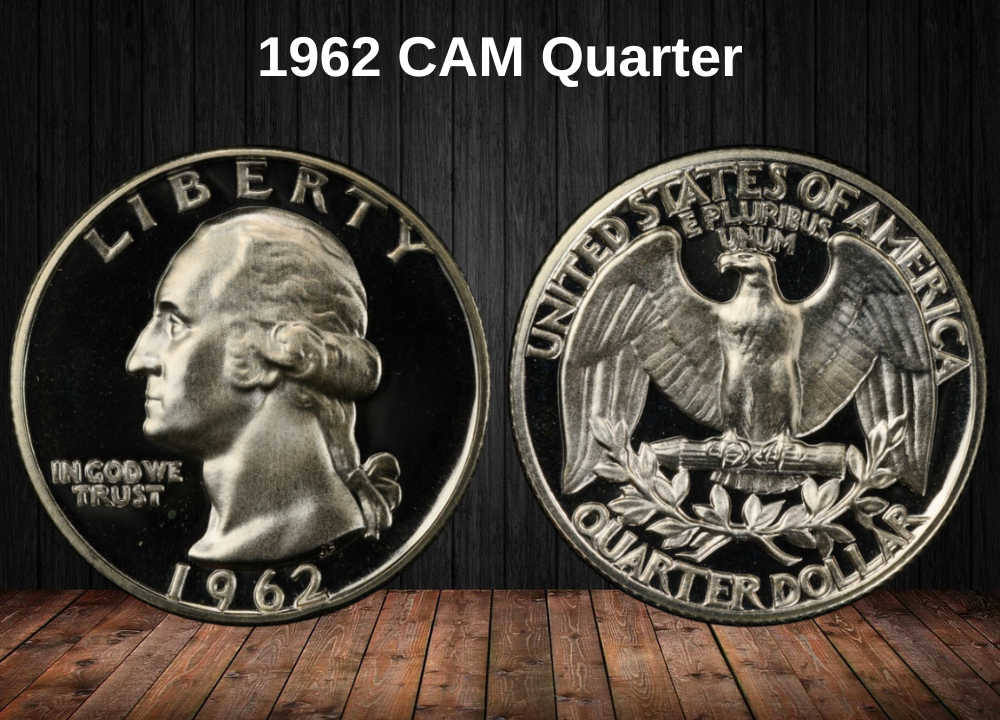
The 1962 Cameo (CAM) Proof Washington quarter marks a step above the standard proof issue in terms of collector appeal. While all proofs of this year share the same original 3.2 million mintage, only a portion display the required contrast between frosted lettering and devices against the mirrored fields. Those that meet this standard earn the coveted CAM designation.
With a survival rate of just 17.1%, an estimated 550,000 CAM examples remain today. This places CAM proofs in the middle tier of rarity among 1962 proof varieties. Because the contrast requirements are strict, many high-grade proofs fail to qualify as CAM, leaving truly certified examples scarcer than the numbers alone suggest.
1962 CAM Proof Quarter – Price by Grade
(Sheldon 1–70 scale, based on recent auction data)
| Grade (1–70) | Condition Description | Approx. Value |
|---|---|---|
| PR64 CAM | Cameo contrast visible, minor marks. | $18 – $28 |
| PR65 CAM | Gem Proof with strong cameo frosting. | $35 – $50 |
| PR66 CAM | High-quality cameo, increasingly scarce. | $70 – $100 |
| PR67 CAM | Premium cameo example, rare. | $150 – $225 |
| PR68 CAM | Exceptional contrast, very scarce. | $400 – $600 |
1962 DCAM Quarter Value
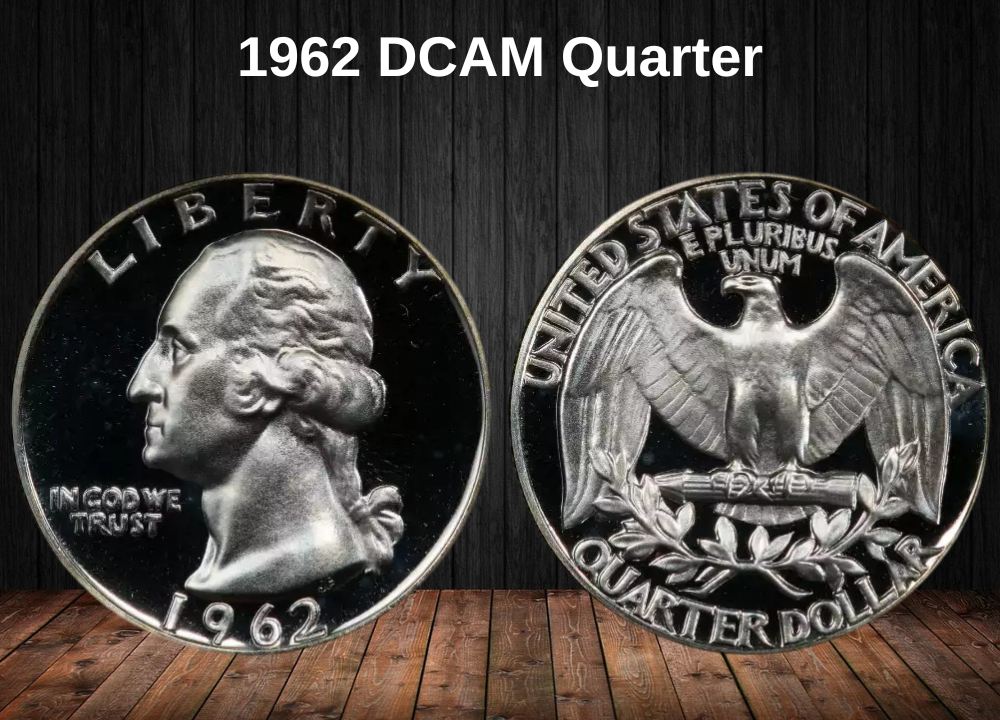
The 1962 Deep Cameo (DCAM) Proof Washington quarter stands at the top of the 1962 proof series. While 3.2 million proofs were originally struck, only about 7.1% displayed the deep, frosted devices and heavy contrast required for a DCAM designation. That translates to roughly 230,000 coins, with far fewer surviving today in premium condition.
These coins exhibit the most dramatic form of proof finish, with intensely frosted design elements set against mirror-black fields. The striking black-and-white contrast has long been regarded as the ultimate standard of proof coinage, making DCAM quarters from 1962 the most visually stunning and most coveted of the year’s issues.
1962 DCAM Proof Quarter – Price by Grade
(Sheldon 1–70 scale, based on latest auction results)
| Grade (1–70) | Condition Description | Approx. Value |
|---|---|---|
| PR64 DCAM | Solid contrast, minor marks. | $45 – $70 |
| PR65 DCAM | Gem Deep Cameo, strong frosting. | $90 – $140 |
| PR66 DCAM | Premium quality, scarce. | $200 – $300 |
| PR67 DCAM | High-end Deep Cameo, rare. | $500 – $750 |
| PR68 DCAM | Virtually flawless, exceptional contrast. | $1,200 – $2,000+ |
Rare 1962 Quarter Error List
1. 1962 DDO FS-101 Errors

The 1962 Doubled Die Obverse (DDO) FS-101 is one of the standout error varieties of the year. This dramatic doubling was created when the working die was impressed by the master hub more than once, but at slightly different angles. The result is noticeable overlapping details that collectors instantly recognize.
The doubling is especially visible in the motto “IN GOD WE TRUST”, as well as in Washington’s hair and facial features, where the separation lines create a bold, doubled appearance. Because of this clarity, authentication is fairly straightforward for experienced numismatists, and genuine examples are highly sought after.
1962 DDO FS-101 Quarter – Price by Grade
(Sheldon 1–70 scale, based on recent auction records)
| Grade (1–70) | Condition Description | Approx. Value |
|---|---|---|
| G4 – VG8 | Heavy circulation, doubling faint but visible. | $15 – $25 |
| F12 – VF20 | Moderate wear, doubling remains clear. | $35 – $60 |
| EF40 – AU50 | Light wear, strong separation visible. | $85 – $150 |
| MS60 – MS62 | Mint State with contact marks, doubling strong. | $200 – $300 |
| MS63 | Choice Mint State, attractive luster. | $350 – $450 |
| MS64 | Sharper strike, bold doubling. | $600 – $850 |
| MS65 | Gem Mint State, scarce with dramatic doubling. | $1,000 – $1,400 |
| MS66 | Premium quality, extremely rare. | $2,500+ |
2. 1962-D/D RPM FS-501 Errors
The 1962-D/D Repunched Mint Mark (RPM) FS-501 is one of the more notable minting varieties from Denver in the early 1960s. This error was created when the Denver “D” mint mark was punched into the die more than once, with each impression landing slightly off from the previous one.
The result is a secondary “D” impression beneath or alongside the primary mint mark, producing the effect of a shadow or partial outline. Under magnification, the overlapping details are easy to spot, giving collectors a clear marker of authenticity.
As a product of the hand-punching era—long before precision lasers replaced the process—this variety captures the imperfections of traditional die preparation, making it a particularly interesting piece of U.S. minting history.
1962-D/D RPM FS-501 Quarter – Price by Grade
(Sheldon 1–70 scale, based on recent auction results)
| Grade (1–70) | Condition Description | Approx. Value |
|---|---|---|
| G4 – VG8 | Heavily circulated, doubling faint but present. | $10 – $18 |
| F12 – VF20 | Moderate wear, secondary “D” visible. | $22 – $35 |
| EF40 – AU50 | Light circulation, repunch details clearer. | $55 – $90 |
| MS60 – MS62 | Uncirculated, minor marks, RPM noticeable. | $120 – $180 |
| MS63 | Choice Mint State, luster intact. | $220 – $300 |
| MS64 | Attractive strike, strong RPM separation. | $400 – $600 |
| MS65 | Gem quality, bold doubling, scarce. | $850 – $1,200 |
| MS66 | Exceptional quality, extremely rare. | $2,000+ |
Where to Sell Your Quarter Coin?
Now that you know the value of your quarter, the next step is deciding where to sell it. There are several trusted options—both online and in person—that can help you get the best price depending on your coin’s rarity and condition.
To see the full list of recommended places, along with their advantages and disadvantages, check our complete guide on where to sell your quarter coins.
FAQ About The 1962 Quarter
1) What are the standout varieties in 1962?
The most desirable are the 1962 Type B Reverse (Philadelphia), struck with proof dies on business strikes, and the 1962-D RPMs (Repunched Mintmarks). Both can command strong premiums in higher grades.
2) How do you identify the Type B Reverse?
Look for sharper reverse details: wider spacing in “E S” of STATES, crisp leaf separation, and overall proof-style engraving on a business strike. It’s a true “cherrypicker’s” variety.
3) Why are 1962-D quarters conditionally rare?
With over 127 million minted, most survivors show bag marks and strike weakness, especially in Washington’s hair above the ear and the eagle’s breast feathers. Fully struck, mark-free MS-67 examples are elusive and valuable.
4) What’s the value driver for proofs in 1962?
Not just grade, but Cameo/Deep Cameo contrast. PR-68 DCAM examples with perfect frost and no hairlines are four-figure coins, while brilliant PR-65 proofs without contrast may trade near $25–30.
5) What diagnostic tools should collectors use?
- 10×–20× loupe for serifs and RPM notches.
- High-CRI LED lighting to reveal luster and strike detail.
- Tilt inspection for mirrored proofs vs. Type B business strikes.
6) How do you separate true hub doubling from strike doubling?
True hub doubling shows split serifs and design thickness, while strike (machine) doubling looks flat, shelf-like, and reduces thickness. The former adds value; the latter does not.
7) Where’s the long-term investment appeal?
- High-end MS-67 coins (especially Denver)
- Type B Reverse business strikes
- Proof DCAM examples
These carry both collector demand and registry set competition, which drives steady price appreciation.

